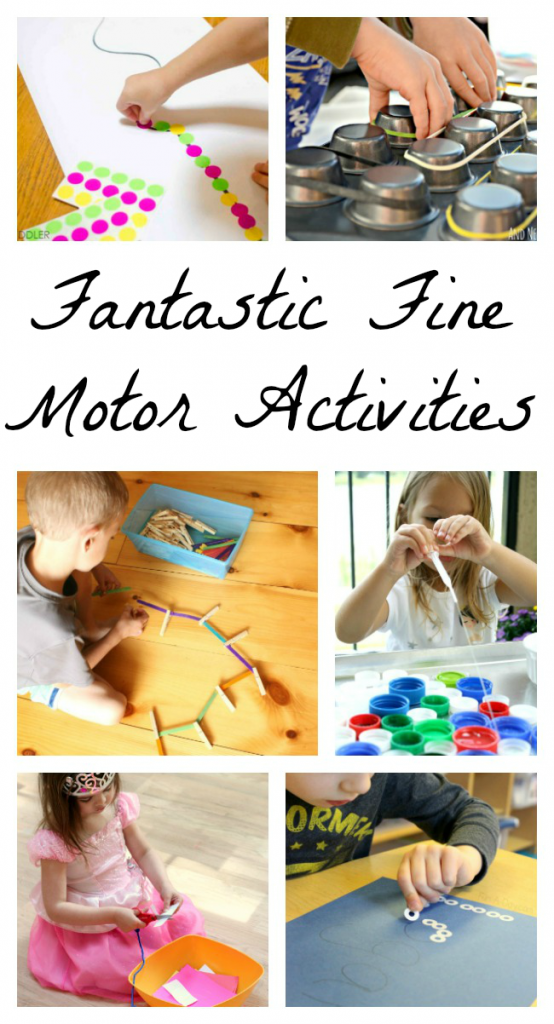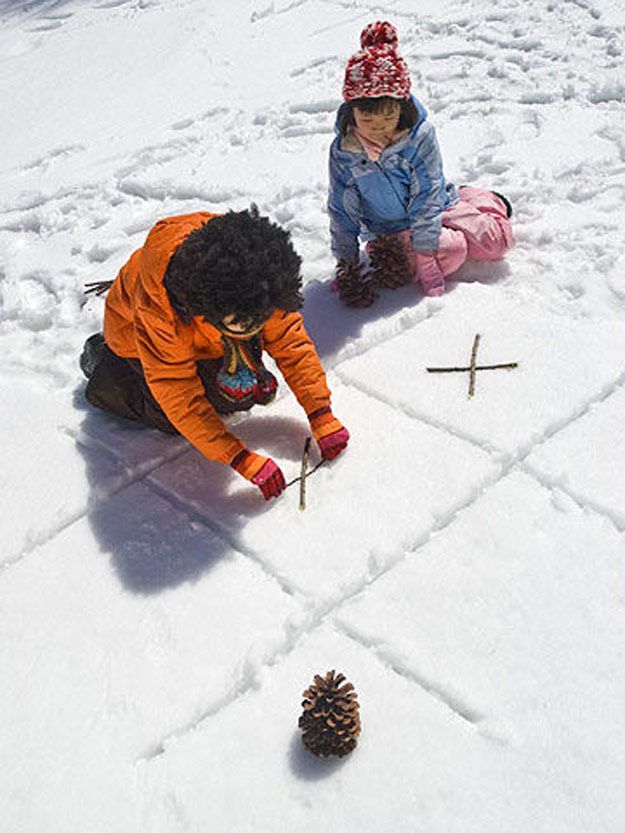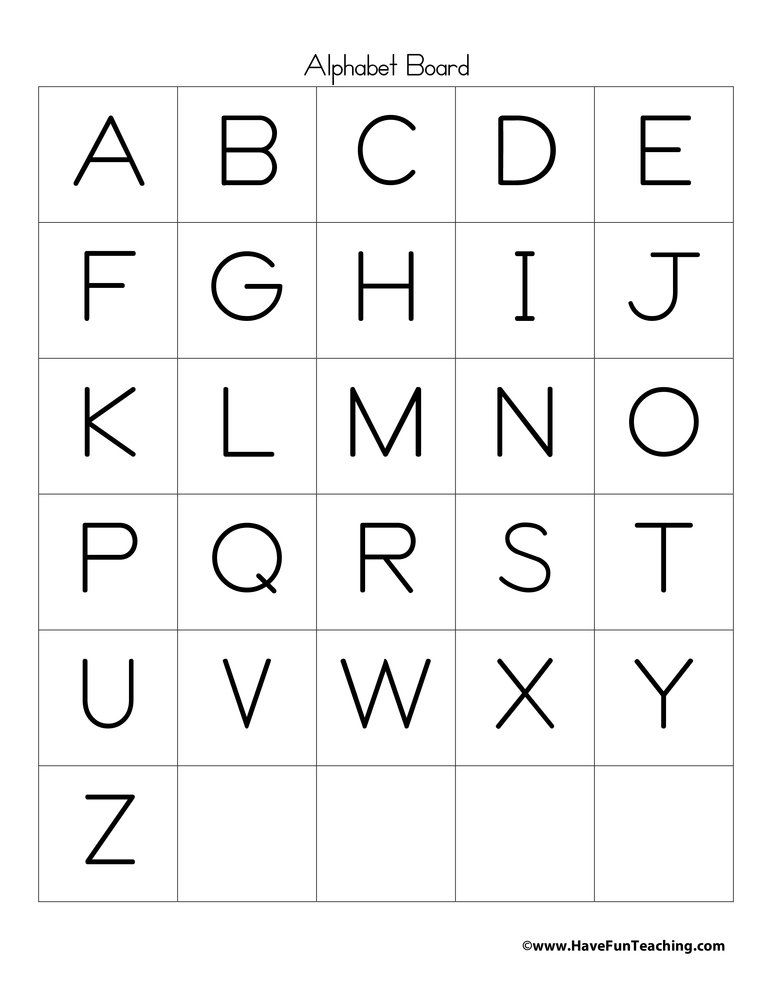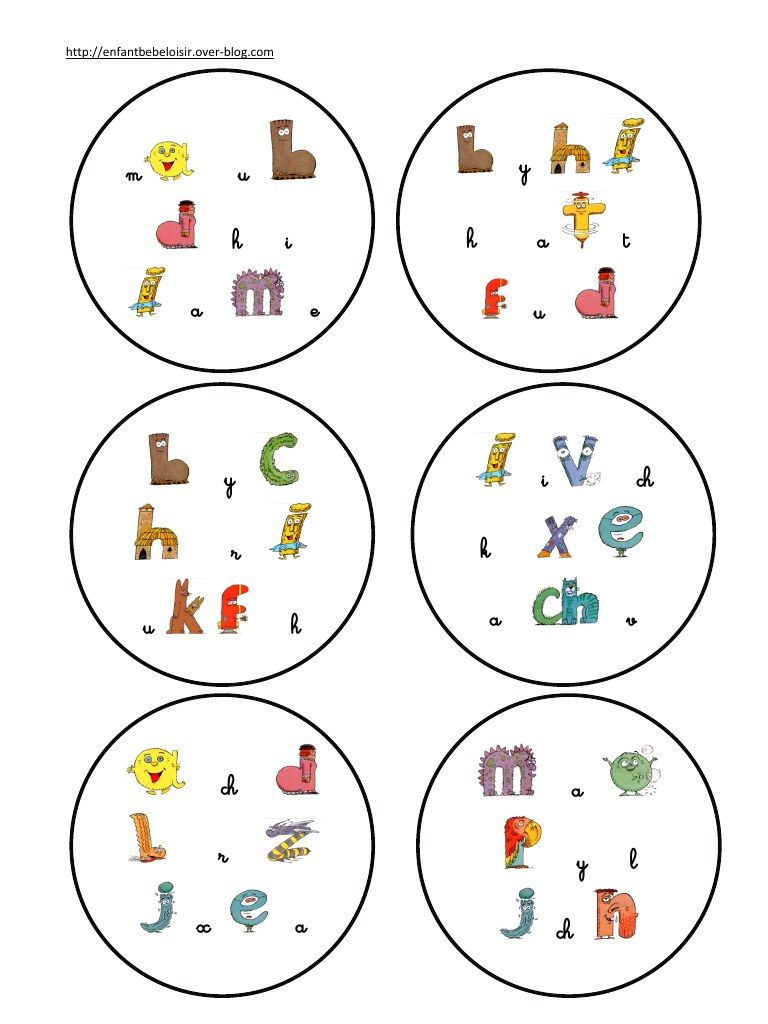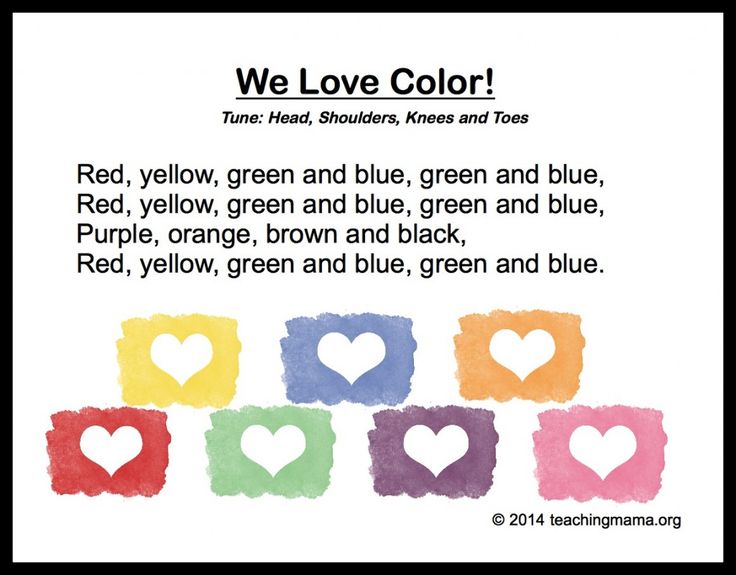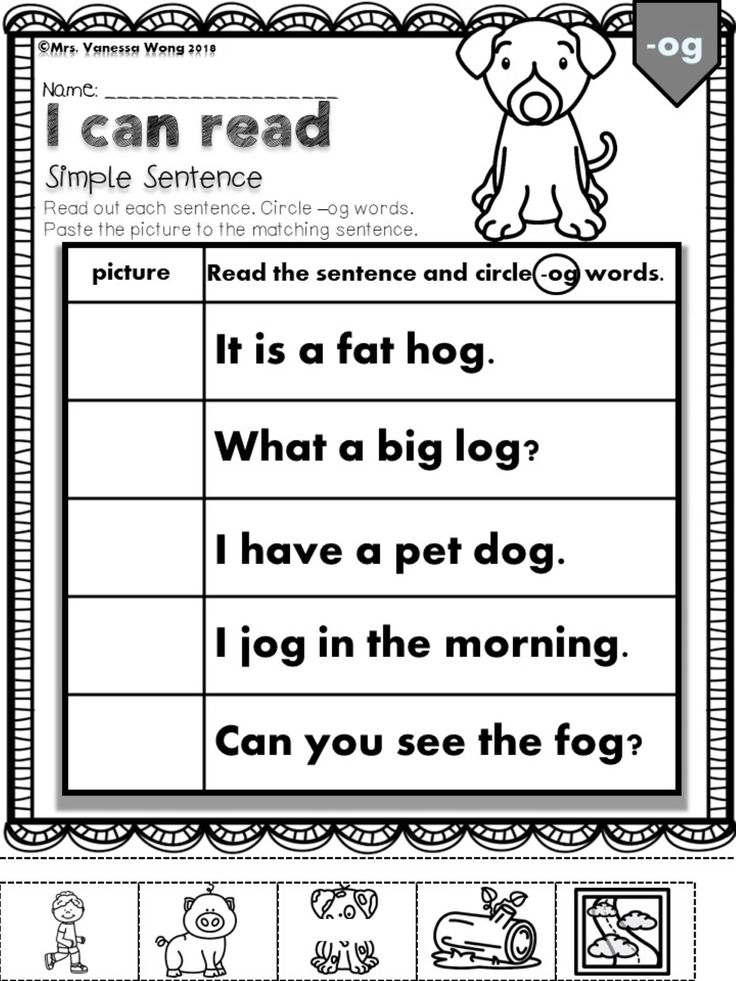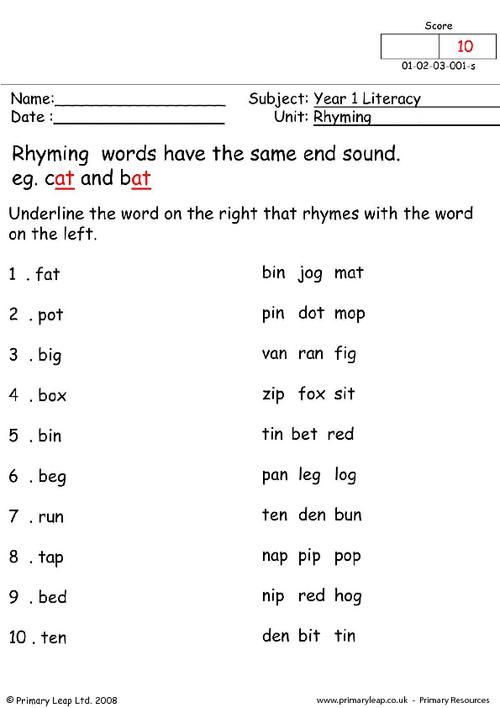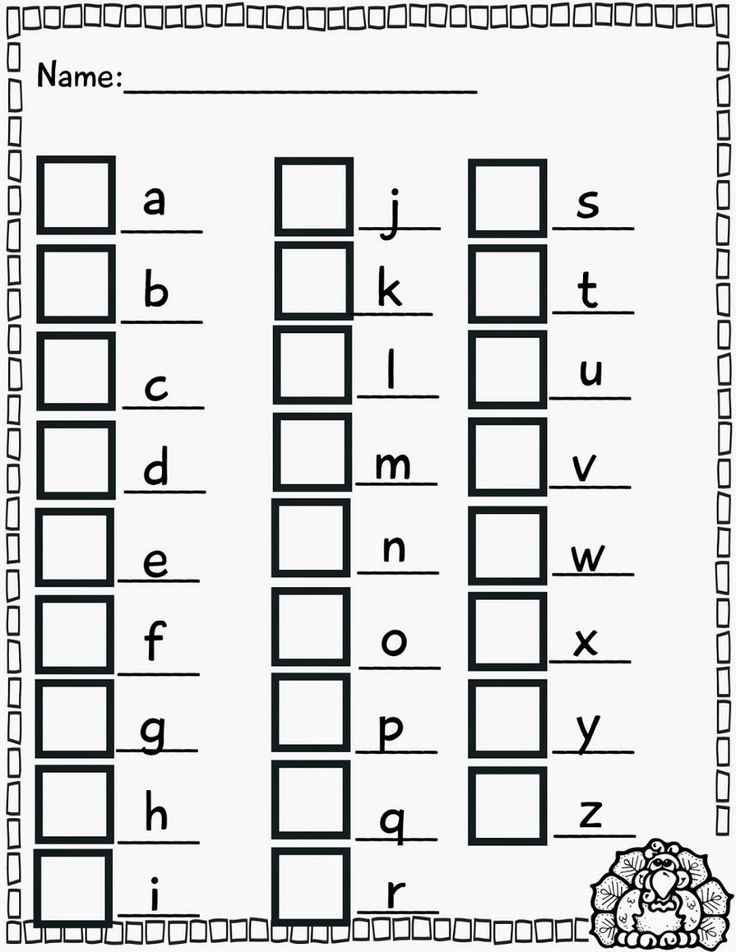Hands activity for preschoolers
35 Hands On Activities for Preschool
Little ones have fun and enjoy learning through movement, play, and using their hands...and we know this type of exploration helps them learn better too! If you are looking for fun hands-on preschool activities, look no further! This collection of preschool activities will keep any little one engaged and learning a range of skills. It includes hand-on games, basic skills for letter and number identification, visual motor skills, and more. All of which are developmentally appropriate for pre-schoolers.
1. Letter Activity
All you need for this activity if some wax sticks and a laminated letter matter. Children will manipulate the wax sticks to mimic the shape of each letter. The activity helps with learning letter formation and builds hand strength.
Learn more: Pre K-Pages
2. One to Ten Number Sort
This activity teaches math skills. It has children matching different number scenes - dominoes, word form numbers, linking cubes, counters, tallies, and more - to the digit. A nice way for kids to see the many ways numbers can be represented.
Learn more: You Clever Monkey
3. Patterning
These cover pattern block mats are great for learning patterns. Using solo cups and dot stickers, create different patterns on the mats - aba, abc, abba, etc. The students will them ned to cover them while correctly matching different patterns.
Learn more: You Clever Monkey
4. Color Sorting
Color sorting activities are great for pre-k students. For this activity, all you need is a color mat and some colored items - in this case they use bears. Mix the small colored items in a pile and have students organize by color.
Learn more: Teaching Mama
5. Ice Cream Motor Skills
Work on motor skill development with this fun activity! Student will need to walk different paths holding their "ice cream" (a ball on tip of a cardboard tube) with out dropping it! Challenge them to walk different ways - slow, fast, big steps, etc - while still maintaining balance of their "ice cream".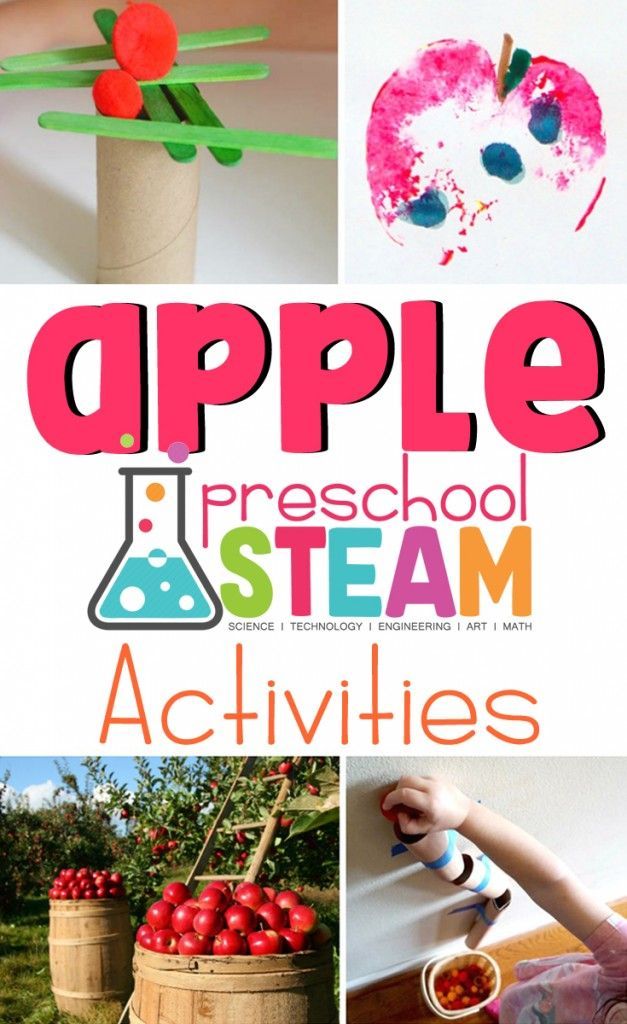
Learn more: Coffee Cups and Crayons
6. Pancake Math
A cute way to do number work and use motor skills. Using numbered cardboard "pancakes" students will pretend to be chefs and play different number games - match the number, identify the number, or order the numbers.
Learn more: The Educators Pin On It
7. Non Standard Measurement
Geometry activities don't always have to be about shapes, they can also help with measurement! In this activity, will measure lines using blocks. You can also ask them to measure each line using different shapes - "How many triangles does it measure?" or "How many squares does it measure?"
Learn more: Days with Grey
8. Veggie Counting Activity
This farm theme math activity not only works on counting, but you can use it to teach about farm life, healthy eating habits, and colors. All you need to some brown dough and play veggies! Have students count veggies in their pile, or ask them to count out a specified about of certain veggies - "5 corn and 3 eggplant".
Learn more: Stay at Home Educator
9. Sticker Counting
This is a very simple preschool activity idea, but kids love it! Using stickers of their choosing, they will work on one to one correspondance. On a chart, numbered with as many digits as the students know, they will match the correct number of stickers with each digit.
Learn more: Frugal Fun 4 Boys
10. Crabby Hands
A cute craft with children when learning about the sea, is these crabby hands! Student will use red paint and their hand prints to make a crab. They can add a face, along with anything they may find in the background - sand, kelp, water, shells, etc.
Leran more: Amy Latta Creations
11. Alphabet Collage
Hands-on activities are great for teaching the alphabet to preschoolers. In this activity it has them creating collages for each letter. Using a variety of mediums - paper scraps, colors, straws, etc - these art activities teach student letters AND creativity.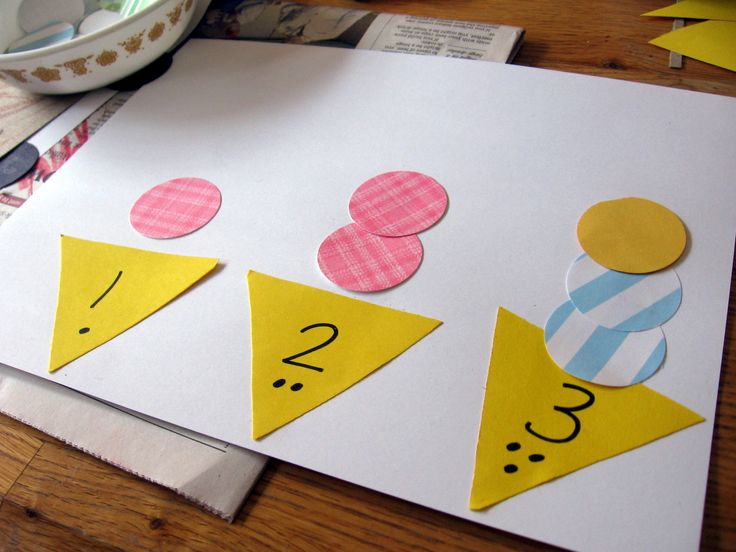
Learn more: Early Learning Ideas
12. The Kissing Hand
For this activity you get to read a favorite book "The Kissing Hand" by Audrey Penn and play a related activity. After reading the story, or listening on YouTube, students will play matching game that uses colors.
Learn more: Activity Mom
13. Animal Tracks
Fun science experiments can sometimes be hard to find for young children. This experiment works on animal tracking, science inquiry, and print making using differing animal tracks. The site includes a few different mini lessons around the topic.
Learn more: Parenting Science
14. Domino Lineup
A great way for preschool children to learn basic math skills is by using dominoes. Using a set on dominoes they will need to count the dots on each one to determine the total and match to the correct digit. This is great for an introduction to adding.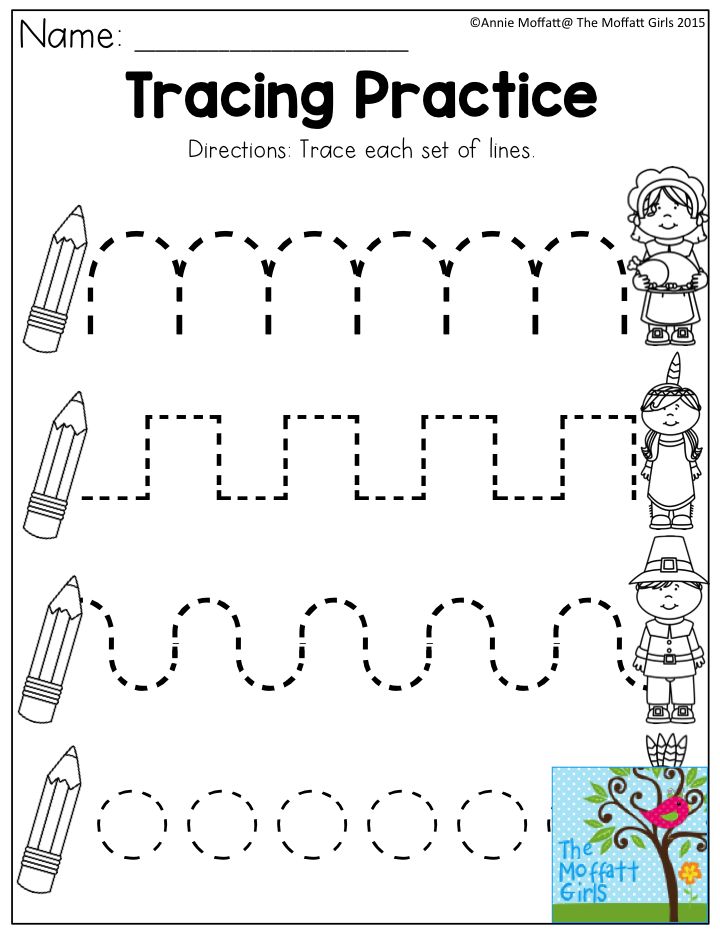
Learn more: Busy Toddler
15. Beginning Sounds
This is a nice game for preschoolers to do letter work. It is a phonics matching game where children use a strip of images to determine what is the beginning letter sound they hear. They then place a magnetic letter.
Learn more: Pre School Play and Learn
16. Counting Wheel
This counting wheel will help students with early numeracy. Students will have a set of clothes pins that are numbered with digits. Their goal is to match each number to the appropriate dots on the counting wheel.
Learn more: Keep Toddlers Busy
17. ABC Soup
Have some fun pretend play, while learning letters! Using magnetic letters, place them in a pot with water. Allow students to use a ladle to scoop some out. Then have them identify the letter they scooped.
Learn more: How We Learn
18. Fine Motor Pull
Using ribbon and felt pieces with a slit, children will work on lacing.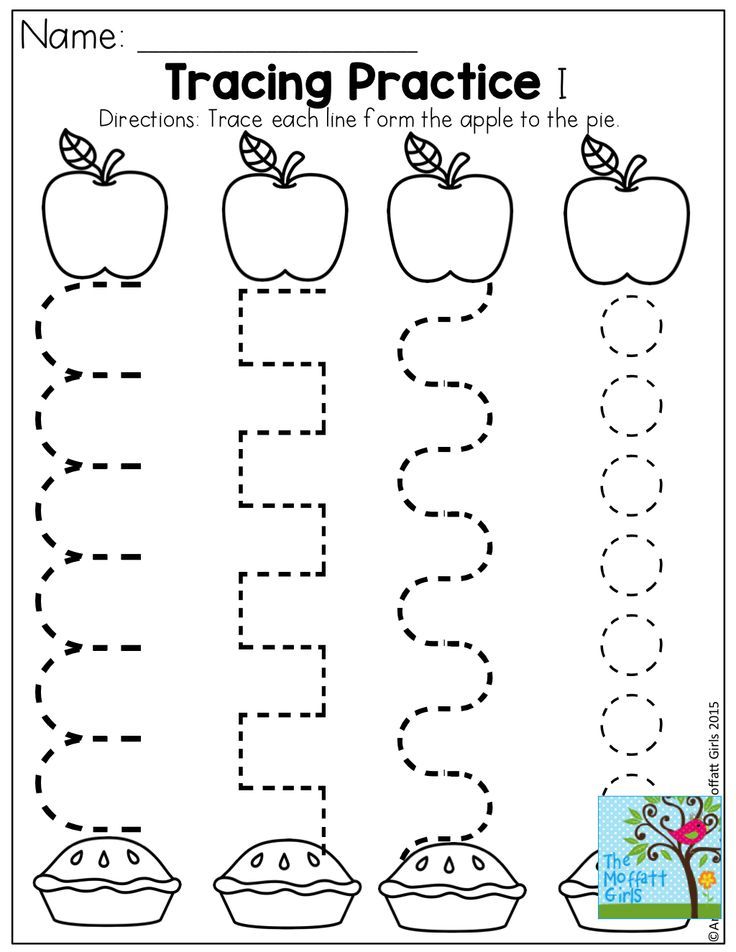 They will pull the ribbon through each felt shape. It will help them to gain strength with pincer grip and eye-hand coordination
They will pull the ribbon through each felt shape. It will help them to gain strength with pincer grip and eye-hand coordination
Learn more: Play Dough to Plato
19. Big and Small
You can do this activity anywhere, but this example uses nature. Find objects in varying sizes and have children put them in order from smallest to biggest. You can also use things like shoes, pillows, or toys! Make sure to not only size them by numbers, but also by using vocabulary words, like small and smallest, tall and tallest, etc.
Learn more: The Measured Mom
20. Preschool Cooking
You are never too young to learn basics cooking skills! This site gives a few kids friendly recipes that teach the basics - washing produce, chopping, and mixing. For this activity, students make a special edible fruit cup! with an ice cream cone, berries, and chocolate!
Learn more: Create Kids Club
21. Colander and Pipe Cleaner Activity
A simple, yet beneficial activity that helps with fine motor and eye-hand coordination skills.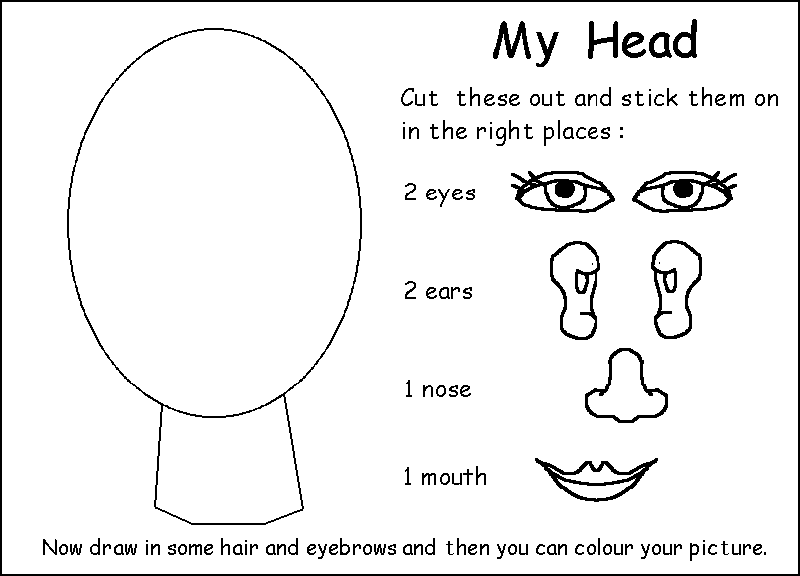 Children will use pip cleaners to pull them through the tiny holes on a strainer. They will need to use accuracy and also work on their pincer grip.
Children will use pip cleaners to pull them through the tiny holes on a strainer. They will need to use accuracy and also work on their pincer grip.
Learn more: Hello Wonderful
22. Shape Scavenger Hunt
In this scavenger hunt, children will need to find objects around the school yard, house, or in the community that use these shapes. As they find each shape, they will cross it off the list.
Learn more: Good Housekeeping
23. Name Puzzle
Learning our name is important to get pre-schoolers ready for primary school! Use this simple puzzle as a pre-writing activity to teach students how to correctly write their name. They will have their name fulling written on a writing strip and then a second written on puzzles pieces. They must correctly match the pieces. Once they have mastered this, take away the guide.
Learn more: Teaching 2 and 3 Year Olds
24. Floating Dry Erase
A super fun activity that you can modify for many things - working with numbers, letters, shapes, and colors! Draw objects on a glass or plastic plate with a dry erase marker, then add some water.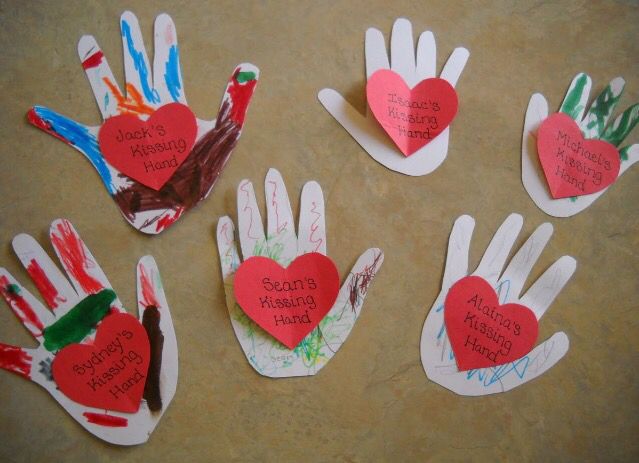 The shape will come to life!
The shape will come to life!
Learn more: Active Littles
25. SEL Activity
Social Emotional Learning is important to learn at every age. Use these dough 2D play dough mats of faces to help them express their emotions and learn about feelings in general. While they create different faces, give them vocabulary words that match the expressions.
Learn more: Pinterest
26. Edible Play Dough
Edible dough is great for preschoolers who are always wanting to out things in their mouths, but you know it's safe. Have them practice motor skills like rolling and pressing shapes! You can also use this dough in the previous activity for showing emotions. At the end (or during) they can eat the dough!
Learn more: Lil Luna
27. Letter Recognition Activities
Literacy skills are extremely important! Make them engaging with this letter recognition station. At each letter station, kids will have the same activities - tracing the letter with dough, letter stamping, and more!
Learn more: Fun Learning For Kids
28.
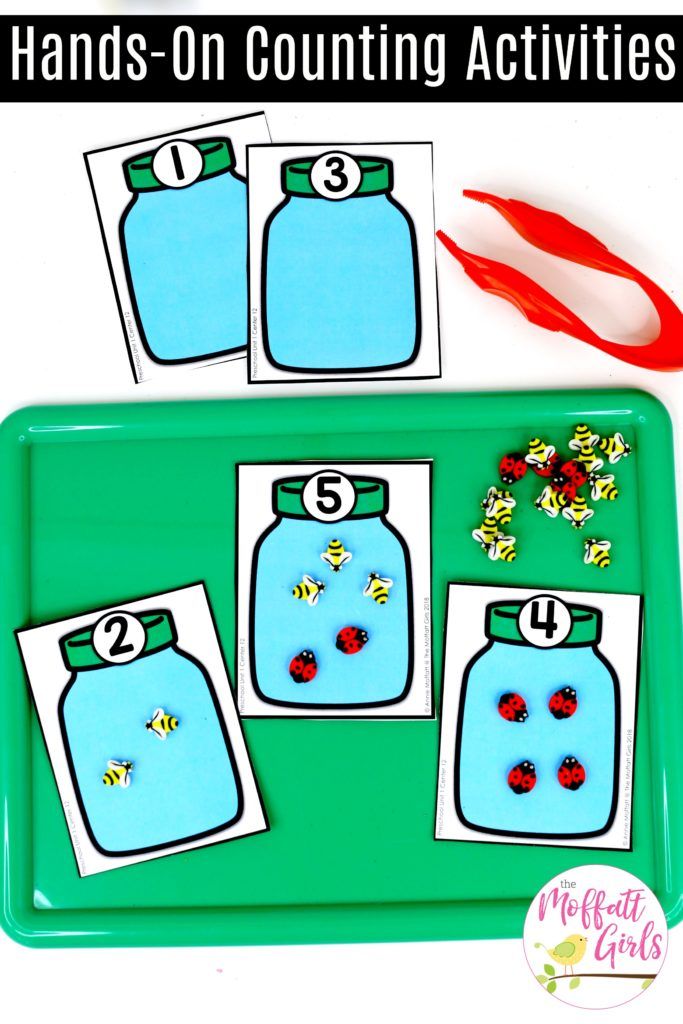 Sensory Bin
Sensory Bin Sensory exploration is always a hot with pre-school children. For this bin, it is themed about insects. Gove students a magnifying glass as they search through the dirt, rocks, and natural debris to find some cool insects!
Learn more: Fun Learning for Kids
29. Winter Art
Process art activities are great fine motor skills and critical thinking skills. In this type of art, students are given an idea or theme. In this case, it is winter. They can then lead the art design and choices of materials, colors, etc.
Learn more: Stay at Home Educator
30. How Tall? Activity
A fun STEM activity for preschoolers, this "how tall can you build it?" activity uses items found around home. Cups, popsicle sticks, or you could even use building blocks. The goals is for little ones to find different ways to build the tallest tower.
Learn more: Pinterest
31.
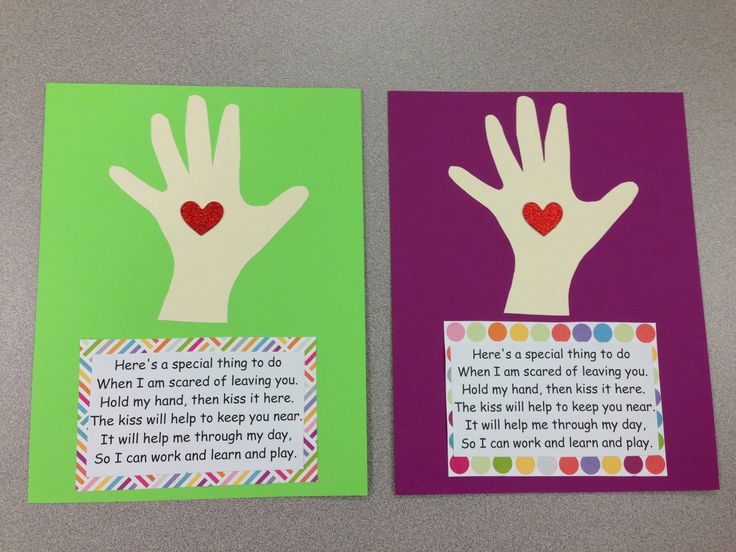 Noodle Necklace
Noodle Necklace Something simple like a noodle necklace is a great way to have fun working on eye-hand coordination and motor skills. Dye the noodles and have students also create or mimic patterns!
Learn more: Homeschool preschool
32. Alphabet Activity
A fantastic letter recognition game! This activity uses ping-pong balls that are placed inside tubes with corresponding letters. Students will work on both upper and lower case letter recognition. They will choose a ball and place it in the correct containers.
Learn more: The Imagination Tree
33. Shape Bingo
A simple Bingo for learning shapes and colors. Using bingo cards you can buy online, or homemade ones, call a shape and have children place the matching shape. It also helps teach colors to children.
Learn more: Pre Kinders
34. Bubble Wrap Names
This is a great pre-writing for little ones! Write each child's name on bubble wrap in permanent marker with different colors.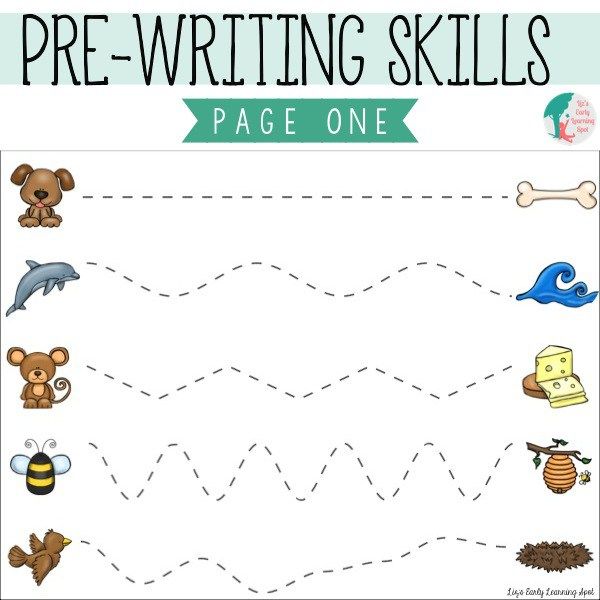 Then, students will use their finger to trace their names. Great for sensory as well!
Then, students will use their finger to trace their names. Great for sensory as well!
Learn more: Coffee Cups and Crayons
35. Pizza Counting
This is an educational activity that works on counting. Children will need to mimic each pizza puzzle by matching the correct number of pepperonis to their pizza. They should make their puzzle look exactly like the one on the worksheet card.
Learn more: Mindy Makes
Hands and Feet Activities, Crafts, Rhymes, and Books
Free Hands and Feet Crafts, Activities, Rhymes, Printables, and Hands and Feet Books
Children recognize their fingers, toes, hands and feet at a very young age. Explore hands and feet with our movement, tactile experiences, and ideas.
Apple with Worm Handprint Craft
What you need:
Red, brown or green paint
Paintbrushes
Paper plates
Green craft paper
White craft paper
Small wiggly eyes
Black marker
What you do:
Add each paint color to a paper plate.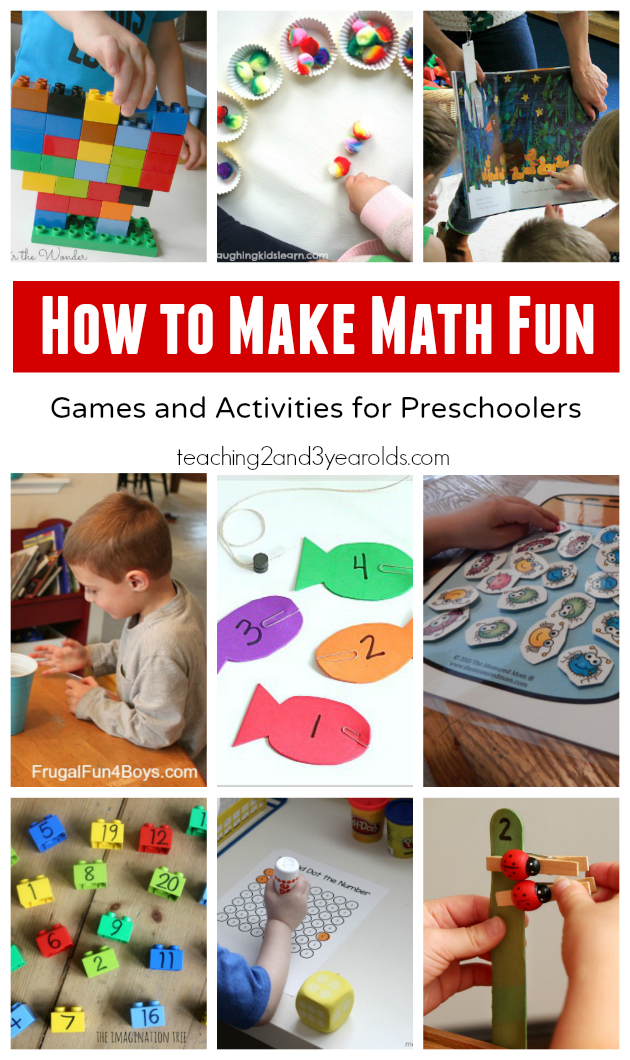 Provide paintbrushes.
Provide paintbrushes.
Step 1: Let children paint their thumb brown or green.
Step 2: Let children paint their palm with red.
Step 3: Press the hand on the white craft paper
Step 4: If the brown worm (thumb) didn't press down thick enough, let children make brown thumbprints on top of it.
Step 5: With a black marker, draw a stem to the top of the apple.
Step 6: Cut a leaf shape out of green craft paper and glue to the the stem.
Step 7: Add wiggly eyes to the worm.
Hand and Feet Fine and Gross Motor Skills
Our creative and fun hand and feet rhymes and games provide children with opportunities to develop their fine and gross motor skills.
Find a Foot or a Hand
Original Author Unknown
Trace hands and feet on craft paper and cut out. Tape to the foor and recite the rhyme and make the movements together:Variation: Trace feet or hands with chalk on the playground outside.
Find a foot and hop, hop, hop.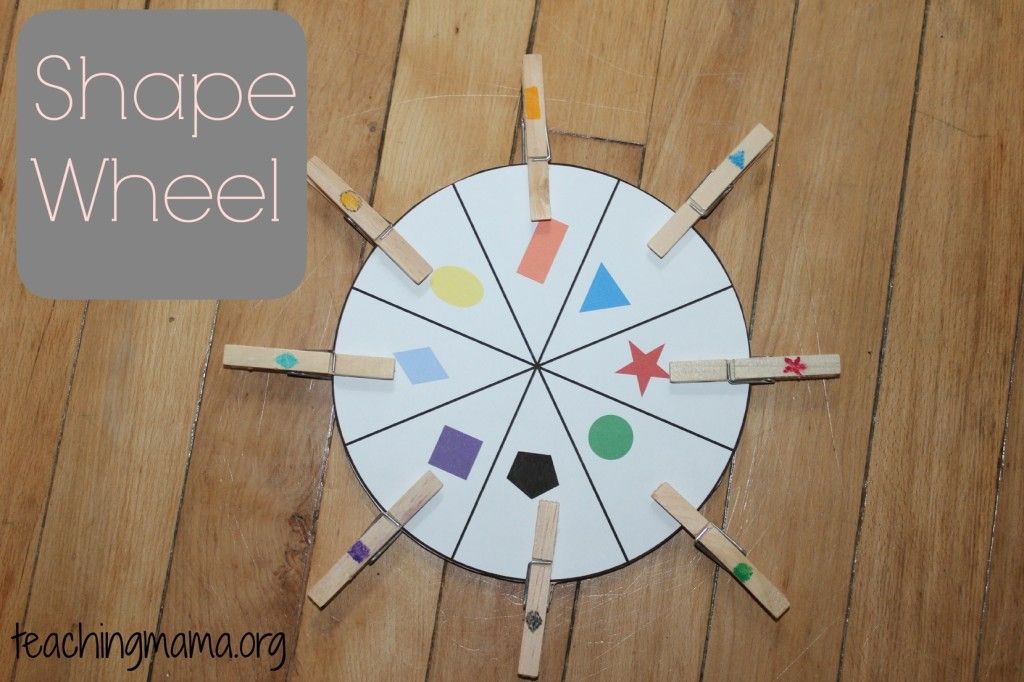
When you're tired, stop, stop, stop.
Turn around and count to ten.
Find a foot and hop again.
Find a foot and hop, hop, hop.
When you're tired, stop, stop, stop.
Jump on both feet and count to ten.
Find a foot and hop again.
Find a foot and hop, hop, hop.
When you're tired, stop, stop, stop.
Run in place and count to ten.
Find a foot and hop again.
Find a foot and hop, hop, hop.
When you're tired, stop, stop, stop.
Touch your toes and count to ten.
Find a foot and hop again.
My Two Hands My Two Feet
Original Author Unknown
(Tune: Twinkle, Twinkle Little Star)
Start with everyone in a standing position
My two hands go clap, clap, clap (clap)
My two feet go stamp, stamp, stamp (stamp)
My two hands go thump, thump, thump (tap head or legs with hands)
My two feet go jump, jump, jump (jump)
My body can turn around and around (turn around)
And now my body can sit quietly down.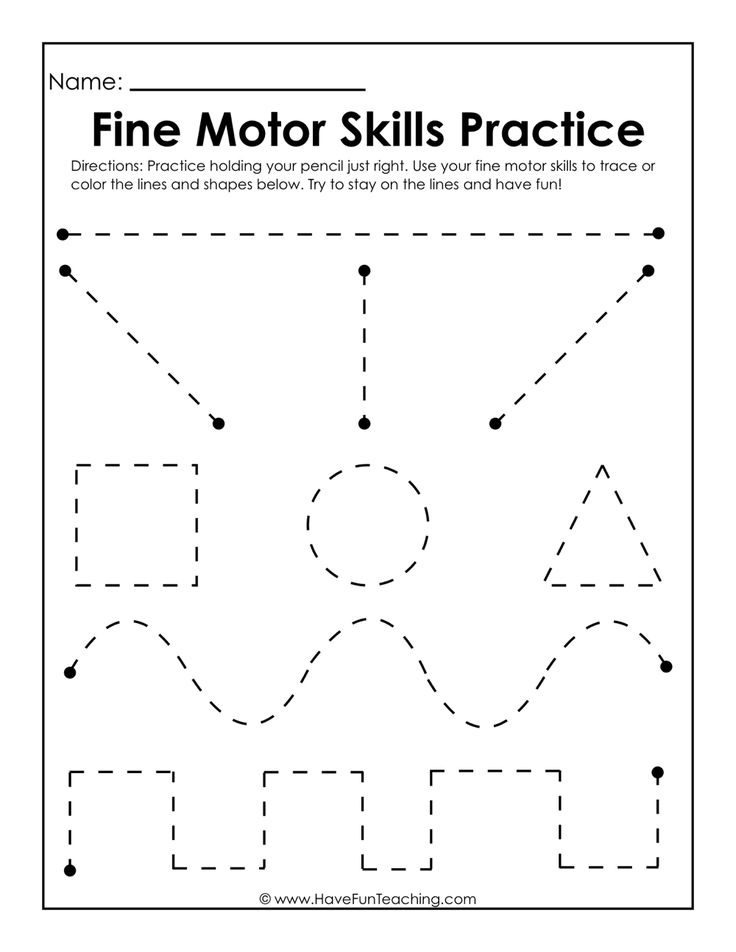 (sit down)
(sit down)
Good Hand Washing
Literacy: Read book Wash Your Hands! by Tony Ross
Talk about the book and have children examine their hands. Look for palm lines and fingerprints. Talk about all the things we can do with our hands--playing with toys, holding objects like pencils and drinking glasses, playing in the sand, and shaking hands. Say: "Let's think about all the things that you touched today." Explain "Our hands and body pick up a lot of germs that hide in the things that we touch. We can't see germs, but germs can make us sick. When you have germs on your hands, you can pass them to other people without even knowing it and make them sick. The germs can make you sick by getting into your body each time you touch your food or put your hands in your mouth."
Sensory Table:
Provide a magnifying glass, rulers, and tape measure to investigate hands.
Before Snack Rhymes
Before going to snack recite the following rhyme:
Wash, wash, wash your hands,
wash your hands real good
wash your hands, wash your hands
before you eat your food.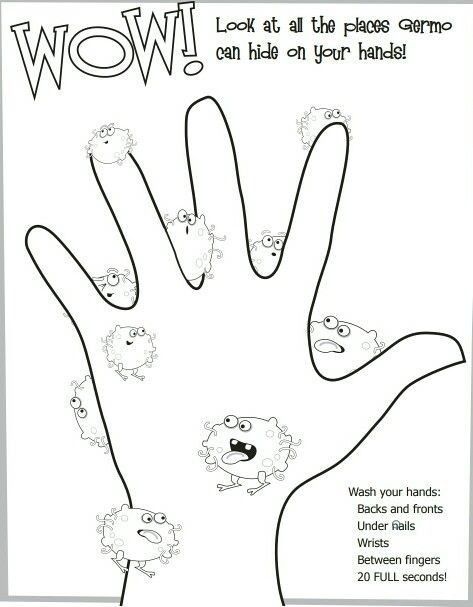
Make a copy of the hand washing steps. Laminate or cover with contact paper. Cut into sections. Have children put in the correct order of steps, using sequencing skills.
Hands and Feet Books
| The Foot Book | Here Are My Hands | Hands Can | Hand, Hand, Fingers, Thumb |
| Dancing Feet! | Paws, Claws, Hands, and Feet | Rain Feet | Ten Little Fingers and Ten Little Toes |
Development of fine motor skills of hands in preschool children
Development of fine motor skills of hands in preschool children
- Baikova Anastasia Evgenievna
Development of fine motor skills of hands in preschool children
Baikova Anasatsia Evgenvna,
teacher GBDOU Kindergarten No. 28
Motility is motor activity. Fine motor skills - mutual coordination of the work of the muscular, nervous and skeletal systems. In tandem with the visual system - point movements with a brush, fingers. This is a key aspect of the motor sphere, directly related to the development of speech, brain activity, and the mastery of objective actions.
The development of fine motor skills of the child - fine movements of the hands and fingers is of great importance, and is regarded as one of the indicators of the mental development of the child. One of the indicators of the intellectual development of the child is the development of fine motor skills of the hands. Parents, together with employees of preschool institutions, should actively interest the child, turn learning into an interesting game, encourage and praise the child not only for what he does, but also for what he tries and tries to do. The active development of fine motor skills is important for the entire future life of the child. nine0022 According to the federal state educational standard for preschool education (FSES DO), for preschool children (3 years - 8 years old) - a number of activities are defined, one of which is a productive activity, including: construction from different materials, including constructors, modules, paper, natural and other material, visual (drawing, modeling, appliqué).
The active development of fine motor skills is important for the entire future life of the child. nine0022 According to the federal state educational standard for preschool education (FSES DO), for preschool children (3 years - 8 years old) - a number of activities are defined, one of which is a productive activity, including: construction from different materials, including constructors, modules, paper, natural and other material, visual (drawing, modeling, appliqué).
Key words: motor skills, fine motor skills, productive and creative activity. nine0022 "... The more skill in a child's hand, the smarter the child." V. A. Sukhomlinsky. In kindergarten, today's preschool children spend most of their conscious time. Therefore, the task of the educator is to create such conditions under which the child would develop comprehensively and actively. An important role in the successful intellectual and psychophysical development is played by fine motor skills of the hands. The fact is that the child receives basic information about the world around him through touch.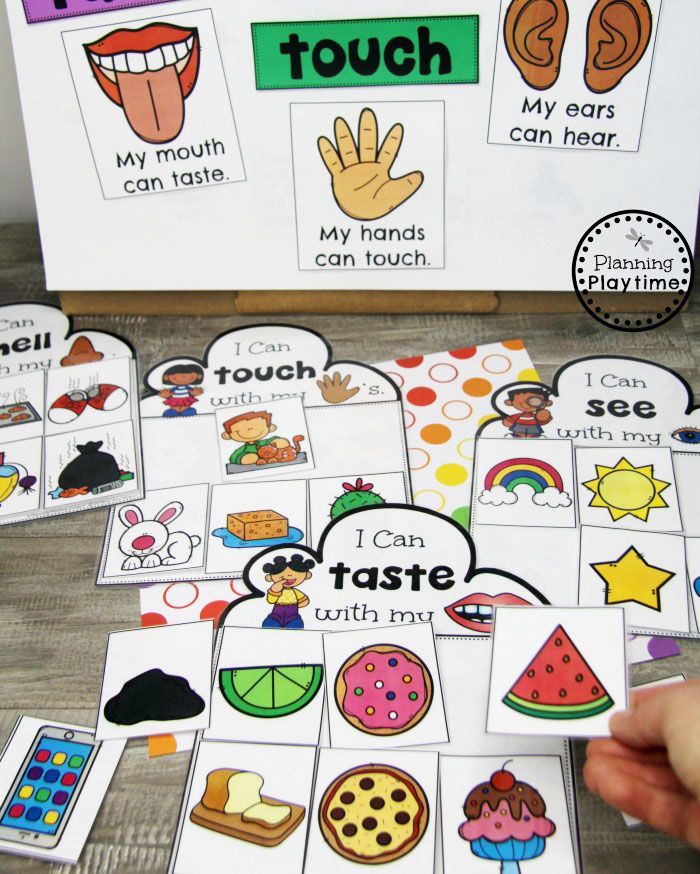 It is through him that the main enrichment and accumulation of experience takes place, so children need to touch everything, stroke, grab and taste the surrounding objects. During the Enlightenment, the German philosopher Immanuel Kant said that "The hand is a kind of external brain!". Indeed, there are many receptors on the fingertips that send impulses to the human central nervous system. And the impact on the acupuncture points located on the hands, allows you to influence the internal organs in order to regulate their work. nine0022 The mind of a child is at its fingertips” - this well-known phrase fully characterizes the development of fine motor skills. Fine motor skills are a set of coordinated actions of the nervous, muscular and skeletal systems, often in combination with the visual system in performing small and precise movements of the hands and feet. When applied to the motor skills of the hand and fingers, the term "dexterity" is often used. From the definition, it can be understood that the development of fine motor skills, in accordance with age, is a necessary and important stage in the life of every child.
It is through him that the main enrichment and accumulation of experience takes place, so children need to touch everything, stroke, grab and taste the surrounding objects. During the Enlightenment, the German philosopher Immanuel Kant said that "The hand is a kind of external brain!". Indeed, there are many receptors on the fingertips that send impulses to the human central nervous system. And the impact on the acupuncture points located on the hands, allows you to influence the internal organs in order to regulate their work. nine0022 The mind of a child is at its fingertips” - this well-known phrase fully characterizes the development of fine motor skills. Fine motor skills are a set of coordinated actions of the nervous, muscular and skeletal systems, often in combination with the visual system in performing small and precise movements of the hands and feet. When applied to the motor skills of the hand and fingers, the term "dexterity" is often used. From the definition, it can be understood that the development of fine motor skills, in accordance with age, is a necessary and important stage in the life of every child.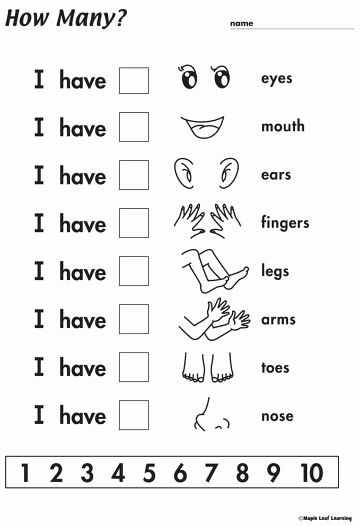 At birth, fine motor skills are developed at a primitive level - looking at fingers and hands, then such a skill as holding an enclosed object develops, but gradually the child’s fine motor skills improve and by school he can already control his hands, hold pencils, draw, and some children write. nine0022 By productive activity, we mean an activity that results in a product: a story or a poem invented by children, a drawing or a craft, a staged performance or a staged scene, and much more. In kindergarten, productive activities include: drawing, designing, modeling, making crafts, they develop fine motor skills of the fingers. In my work, I reveal the significance of these types of activities for preschoolers.
At birth, fine motor skills are developed at a primitive level - looking at fingers and hands, then such a skill as holding an enclosed object develops, but gradually the child’s fine motor skills improve and by school he can already control his hands, hold pencils, draw, and some children write. nine0022 By productive activity, we mean an activity that results in a product: a story or a poem invented by children, a drawing or a craft, a staged performance or a staged scene, and much more. In kindergarten, productive activities include: drawing, designing, modeling, making crafts, they develop fine motor skills of the fingers. In my work, I reveal the significance of these types of activities for preschoolers.
When performing modeling, appliqué, origami, children master small operations: gluing, applying, rolling, pinching, bending, cutting, the child also develops an aesthetic taste, children learn accuracy and patience, which are indispensable at school. nine0022 Scientists have long proven that the more productive activities involved in the life of a preschooler, the more developed his fine motor skills and, accordingly, mental processes.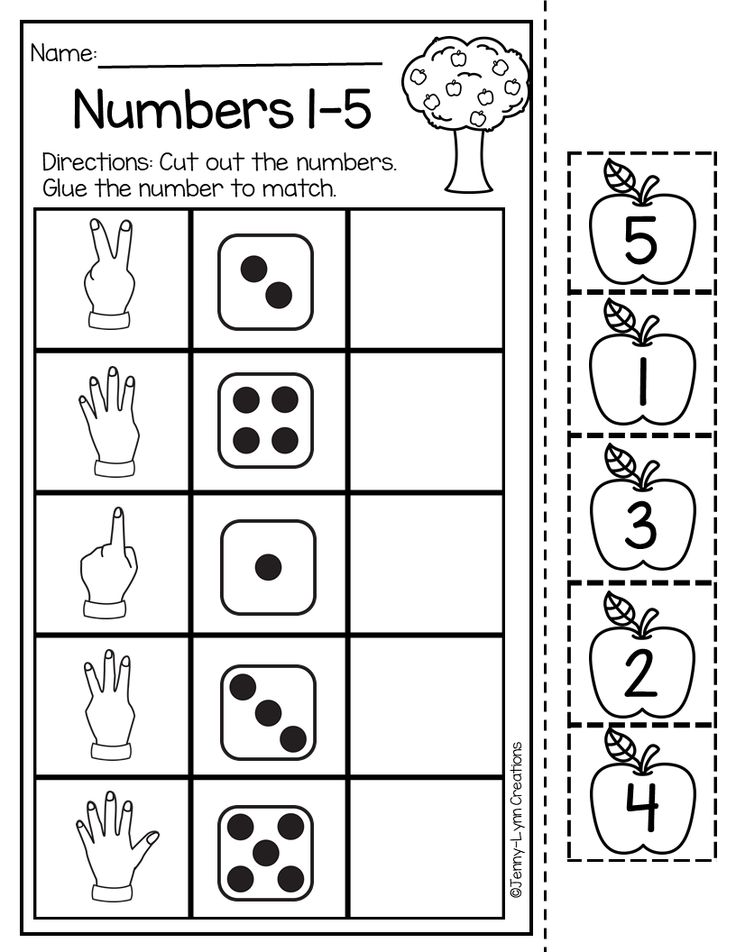 From the very birth of a child, parents use all kinds of nursery rhymes, for example, “Forty-white-sided”, “Ladushki”, but by doing so, they pursue the entertaining function of these finger games, not realizing that in this way, fine motor skills of babies begin to develop from birth. As mentioned above, productive activity is one of the most important in the development of a preschooler. In my practice, I use the following types of productive activities: modeling, appliqué, drawing and many others. One of the most effective means is modeling. When sculpting, the child exercises and develops his hands and fingers. Here you can select a variety of materials: plasticine, clay, sand, and of course salt dough. The greatest preference for me and my pupils is given to salt dough: firstly, it is an environmentally friendly and hypoallergenic product, and secondly, the development of hands begins already in the process of kneading the dough. When using any of the above materials for modeling, the active points of the fingers are massaged and, accordingly, the work of the entire nervous system improves.
From the very birth of a child, parents use all kinds of nursery rhymes, for example, “Forty-white-sided”, “Ladushki”, but by doing so, they pursue the entertaining function of these finger games, not realizing that in this way, fine motor skills of babies begin to develop from birth. As mentioned above, productive activity is one of the most important in the development of a preschooler. In my practice, I use the following types of productive activities: modeling, appliqué, drawing and many others. One of the most effective means is modeling. When sculpting, the child exercises and develops his hands and fingers. Here you can select a variety of materials: plasticine, clay, sand, and of course salt dough. The greatest preference for me and my pupils is given to salt dough: firstly, it is an environmentally friendly and hypoallergenic product, and secondly, the development of hands begins already in the process of kneading the dough. When using any of the above materials for modeling, the active points of the fingers are massaged and, accordingly, the work of the entire nervous system improves.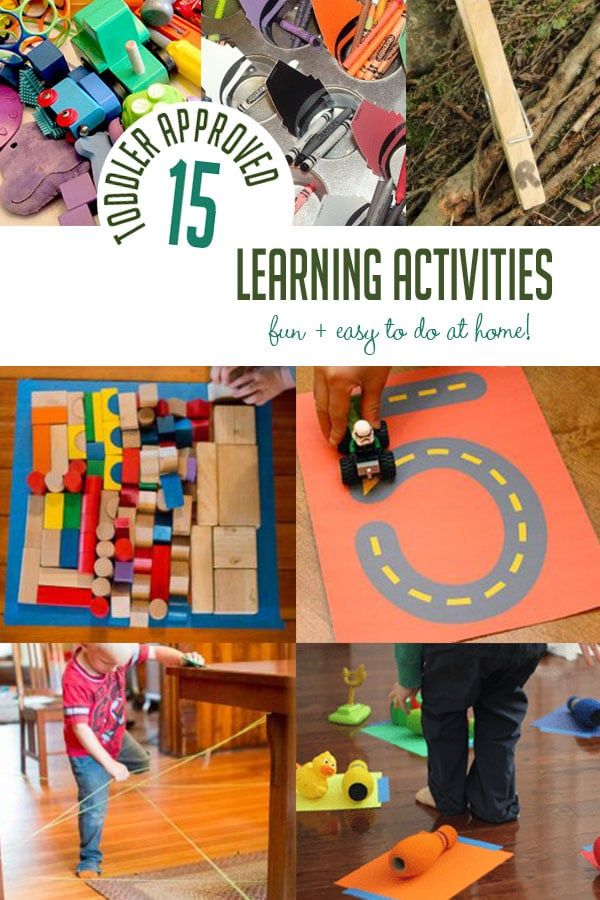 It is necessary to start using modeling for the development of fine motor skills from an early age of a preschooler and improve by complicating techniques and modeling small details. Having touched on the topic of modeling, one cannot fail to mention plasticineography. By creating pictures using this technique, children not only develop fine motor skills, which contribute to the formation of speech, but also the child’s sensory experience is enriched, he can feel the plasticity, shape and weight. The picture made by plasticine helps the child express emotions, his vision of the world around him, form an aesthetic taste and develop coordination of movements. Undoubtedly, from an early age of a preschooler, you can start stringing beads on threads, creating all kinds of jewelry, complicating this type of activity, you need to switch from beads to beads, and use fishing line instead of threads. Using these materials will require a certain level of fine motor skills for a preschooler. Another important means of development is paper.
It is necessary to start using modeling for the development of fine motor skills from an early age of a preschooler and improve by complicating techniques and modeling small details. Having touched on the topic of modeling, one cannot fail to mention plasticineography. By creating pictures using this technique, children not only develop fine motor skills, which contribute to the formation of speech, but also the child’s sensory experience is enriched, he can feel the plasticity, shape and weight. The picture made by plasticine helps the child express emotions, his vision of the world around him, form an aesthetic taste and develop coordination of movements. Undoubtedly, from an early age of a preschooler, you can start stringing beads on threads, creating all kinds of jewelry, complicating this type of activity, you need to switch from beads to beads, and use fishing line instead of threads. Using these materials will require a certain level of fine motor skills for a preschooler. Another important means of development is paper. Here its use is limitless: it is the creation of puppets for the shadow theater, origami toys, cut and mosaic applications, design and drawing. Thread-writing and cut-thread appliqué have become a comparatively new type of productive activity. This work is very painstaking and requires diligence and perseverance. Threadwriting is also a great tool for developing fine motor skills in preschoolers. nine0022 Thus, we can conclude that for the successful formation and development of fine motor skills, there are a sufficient number of various types of activities. The teacher may vary the use of methods to improve finger control, depending on the age of the child. Modeling can take place from the very early age of the child, then it is necessary to introduce the application, later complicated types of productive activities are added, origami, thread painting, stringing beads and sewing. Productive activities are an integral part of the development of fine motor skills. And its formation, in turn, develops speech, logical thinking, memory, voluntary attention.
Here its use is limitless: it is the creation of puppets for the shadow theater, origami toys, cut and mosaic applications, design and drawing. Thread-writing and cut-thread appliqué have become a comparatively new type of productive activity. This work is very painstaking and requires diligence and perseverance. Threadwriting is also a great tool for developing fine motor skills in preschoolers. nine0022 Thus, we can conclude that for the successful formation and development of fine motor skills, there are a sufficient number of various types of activities. The teacher may vary the use of methods to improve finger control, depending on the age of the child. Modeling can take place from the very early age of the child, then it is necessary to introduce the application, later complicated types of productive activities are added, origami, thread painting, stringing beads and sewing. Productive activities are an integral part of the development of fine motor skills. And its formation, in turn, develops speech, logical thinking, memory, voluntary attention.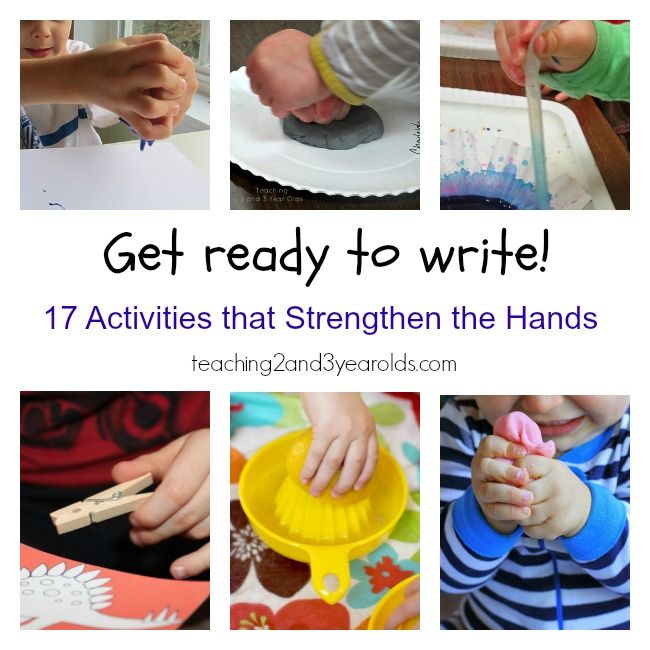 nine0022 For the development of children's hand movements, traditional for mass gardens forms of work with productive activities are used, such as:
nine0022 For the development of children's hand movements, traditional for mass gardens forms of work with productive activities are used, such as:
- mosaics;
- lacing;
- fastening and unbuttoning buttons;
- hatching;
- coloring pages;
- work with plasticine, etc.
All activities with a child should bring joy. Only in this case they will be useful and will teach you to explore and study everything.
Literature used:
Alexandra Artemyeva: The development of fine motor skills in children 3-5 years old. Methodological guide, Sfera, 2017
Bagryanskaya A.E. Development of fine motor skills in preschoolers through productive activities // Questions of preschool pedagogy. - 2017. - No. 2.1. - S. 2-3. — URL https://moluch.ru/th/1/archive/54/2183/ (date of access: 01/13/2018).
Gubanikhina E. V., Shikina K. D. The development of fine motor skills in preschool children through productive and creative activity // Young scientist.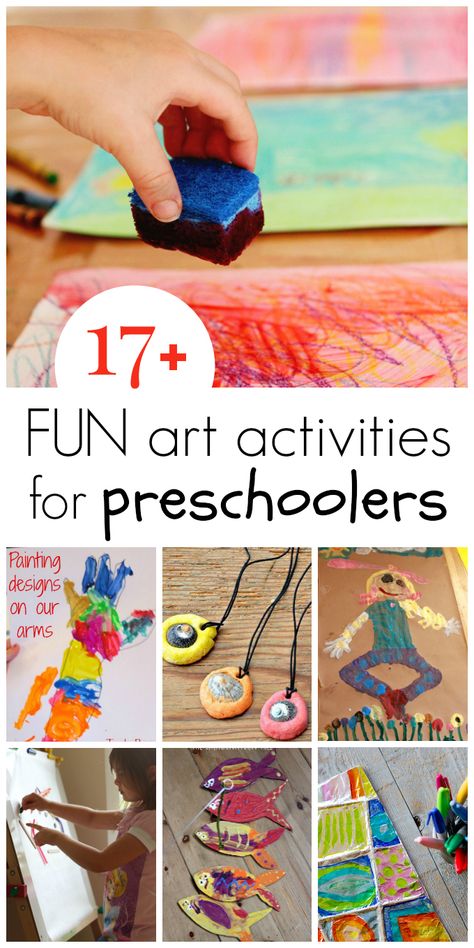 - 2014. - No. 21.1. — S. 167-170. — URL https://moluch.ru/archive/80/13846/ (date of access: 01/13/2018). nine0022 Davydova G.I. Non-traditional drawing techniques in kindergarten, Scriptorium Publishing House, M., 2008.
- 2014. - No. 21.1. — S. 167-170. — URL https://moluch.ru/archive/80/13846/ (date of access: 01/13/2018). nine0022 Davydova G.I. Non-traditional drawing techniques in kindergarten, Scriptorium Publishing House, M., 2008.
Razunova Yu.V. The development of hand motor skills in preschoolers in non-traditional visual activities., St. Petersburg-Karo, 2007.
Starodub K.I., Tkachenko T.B. We sculpt from plasticine. Rostov-on-Don, 2003
Tkachenko T.A. We develop fine motor skills., EKSMO Publishing House, M., 2007.
Fateeva A.A. We draw without a brush, Publishing House "Academy of Development - Academy Holding", Yaroslavl, 2015. nine0005
- Back
- Forward
You have no rights to post comments
Authorization
Remember me
Registration
- Forgot your login details?
- Registration
Website translation
Details and registration with DISCOUNT
"Productive activities as a means of developing fine motor skills of hands in preschool children" | Experiments and experiments (senior group) on the topic:
Municipal budgetary institution
additional professional education
"Starooskol Institute for the Development of Education"
Topic: "Productive activities as a means of developing fine motor skills of hands in preschool children"
Kaisakanova Tatyana Andreevna,
Nechaeva Tatyana Viktorovna, educators
MBDOU DS No.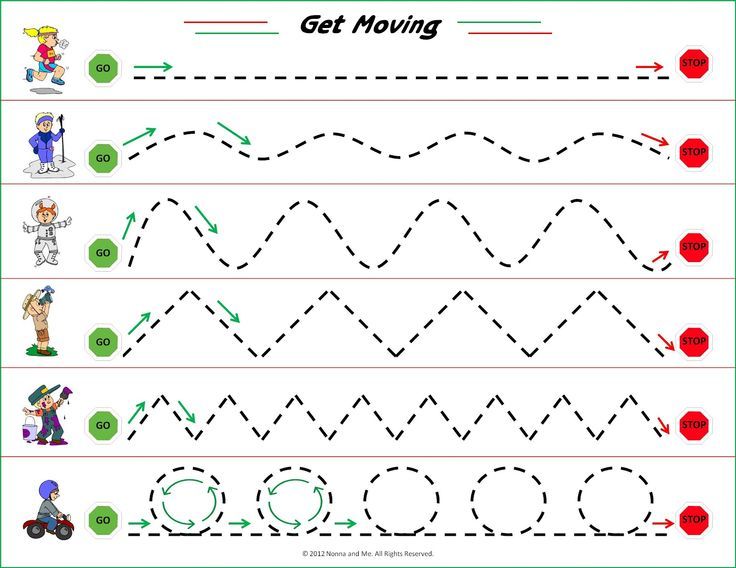 42 Malinka,
42 Malinka,
for a meeting of MMO educators - heads of methodological associations of preschool educational
institutions of the Stary Oskol urban district
"Organization of educational activities at the level of preschool education in organizations engaged in educational activities in the Belgorod region in 2018/2019".
2018
Table of contents
…………………………..4
3. Novelty…………………………………………………………………...6
4 Leading pedagogical idea…………………………………………..7
5. Technology of experience………………………………………………………..9
6. Analysis of results……………………………………… ………………..15
7. List of used literature…………………………………….16
Development of experience
The level of development of fine motor skills is one of the indicators of intellectual readiness for school and it is in this area that preschoolers experience serious difficulties. Working with children, we noticed that many children have poorly developed finger muscles, hand movements are awkward, uncertain.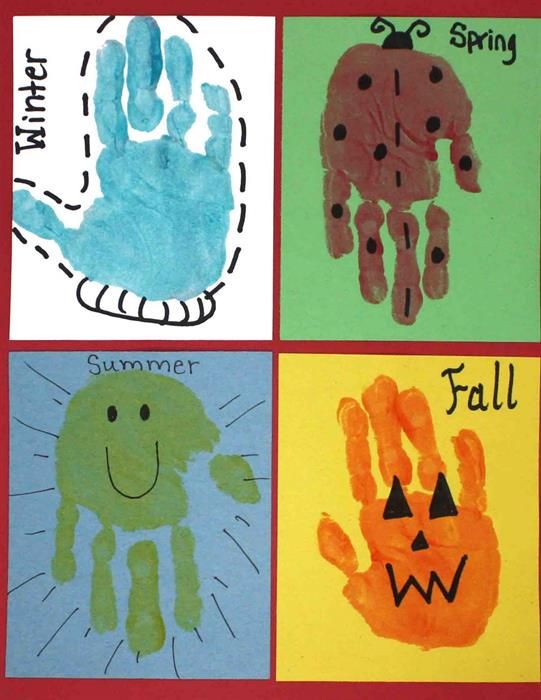 Most children, even at senior preschool age, cannot fasten and unfasten buttons and zippers on clothes without the help of an adult. Children do not work well with scissors, hold a pencil incorrectly, and repeatedly turn a sheet of paper when drawing and coloring. All this is a consequence of insufficiently developed fine motor skills of the fingers. We decided to study this problem deeper and help children's fingers develop using various activities. nine0005
Most children, even at senior preschool age, cannot fasten and unfasten buttons and zippers on clothes without the help of an adult. Children do not work well with scissors, hold a pencil incorrectly, and repeatedly turn a sheet of paper when drawing and coloring. All this is a consequence of insufficiently developed fine motor skills of the fingers. We decided to study this problem deeper and help children's fingers develop using various activities. nine0005
Relevance
The degree of development of fine motor skills in a child determines the most important qualities for his future: speech abilities, attention, coordination in space, concentration and imagination. The centers of the brain responsible for these abilities are directly connected with the fingers and their nerve endings.
In modern society, the development of civilization contributes to the facilitation of everyday activities. Now almost no one does laundry by hand, does not knead the dough, does not cut vegetables.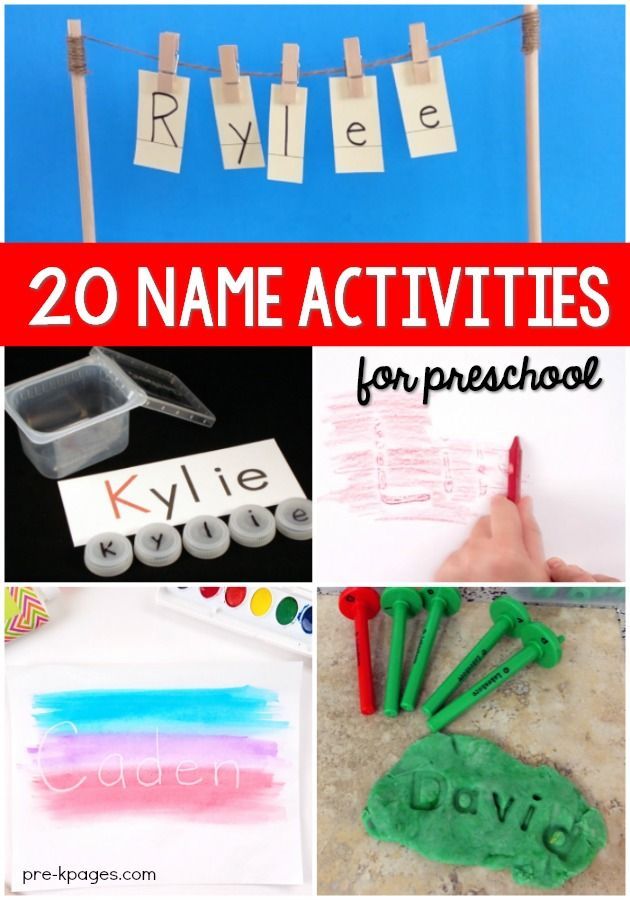 All work can be entrusted to household appliances. Parents rarely involve children in sorting out cereals, washing dishes, vegetables, fruits. Preschoolers wear clothes and shoes with Velcro. And on T-shirts and sweatshirts, so popular now, there are no buttons that need to be fastened. Hats - without ties. In addition, at home, most children are not given pencils, plasticine, scissors, for fear of mess. As a result, the child loses the motor activity of the fingers. The consequence of all this is poorly developed hand motor skills in children. But manual skill makes it possible for the child’s personal development: independence, independence, purposefulness, initiative, cognitive interest in various types of activities. When a child enters school, insufficient development of fine motor skills will cause difficulties in mastering writing. This can lead to an increased burden on the child, which can lead to a negative attitude towards school, a decrease in learning motivation. nine0005
All work can be entrusted to household appliances. Parents rarely involve children in sorting out cereals, washing dishes, vegetables, fruits. Preschoolers wear clothes and shoes with Velcro. And on T-shirts and sweatshirts, so popular now, there are no buttons that need to be fastened. Hats - without ties. In addition, at home, most children are not given pencils, plasticine, scissors, for fear of mess. As a result, the child loses the motor activity of the fingers. The consequence of all this is poorly developed hand motor skills in children. But manual skill makes it possible for the child’s personal development: independence, independence, purposefulness, initiative, cognitive interest in various types of activities. When a child enters school, insufficient development of fine motor skills will cause difficulties in mastering writing. This can lead to an increased burden on the child, which can lead to a negative attitude towards school, a decrease in learning motivation. nine0005
This is why the development of fine motor skills should begin long before entering school.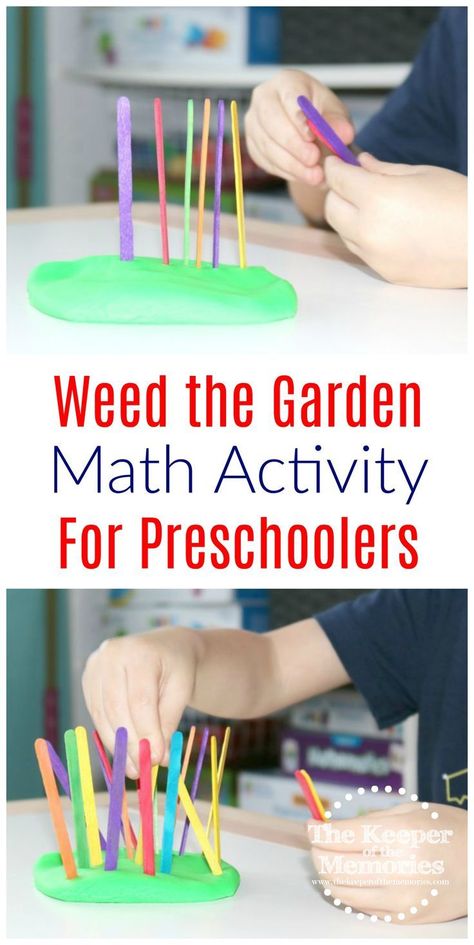 It is important that the child is systematically engaged in a variety of manual activities. These are drawing, applique, modeling, laying out mosaic patterns, designing from small details, finger gymnastics and much more.
It is important that the child is systematically engaged in a variety of manual activities. These are drawing, applique, modeling, laying out mosaic patterns, designing from small details, finger gymnastics and much more.
The Federal State Educational Standard at the stage of completion of preschool education involves the formation in preschool children of the prerequisites for learning activities and the presence of certain social and psychological characteristics in the form of targets. nine0005
And therefore, our task is to promote the development of the following targets in a preschool child:
- the child has developed fine motor skills, he can control his movements and manage them;
- the child actively interacts with peers and adults, is able to negotiate, take into account the interests and feelings of others;
- the child is capable of strong-willed efforts, can follow social norms of behavior and rules in various activities; nine0005
- the child is inquisitive, asks questions to adults and peers, tends to observe, experiment; able to make their own decisions, relying on their knowledge and skills in various activities;
- the child shows initiative and independence in various activities
- the child has a developed imagination, which is realized in various activities.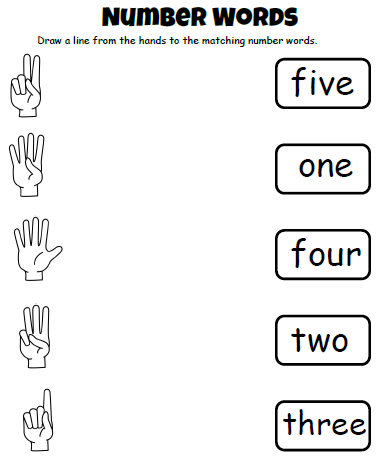
Novelty
The novelty of the work lies in the use of non-traditional applicative techniques and materials in working with children. Encouraging the fingers to work is one of the most important tasks of art classes, which brings a lot of joy to preschoolers. But, given the characteristics of modern children (hyperactivity, attachment to gadgets), a standard set of visual materials and traditional ways of transmitting the information received are not enough to develop creative abilities. nine0005
In accordance with the requirements of the Federal State Educational Standard, it is expected to use a variety of materials and means in artistic activities.
Therefore, we included in our work non-traditional appliqué techniques (volumetric napkin appliqué, torn appliqué, trimming) as one of the types of visual activity of a preschooler. Children used materials such as paper towels, cereals, cotton wool, foil, corrugated paper in their work. I believe that non-traditional application techniques attract children with their unusualness, make them wonder.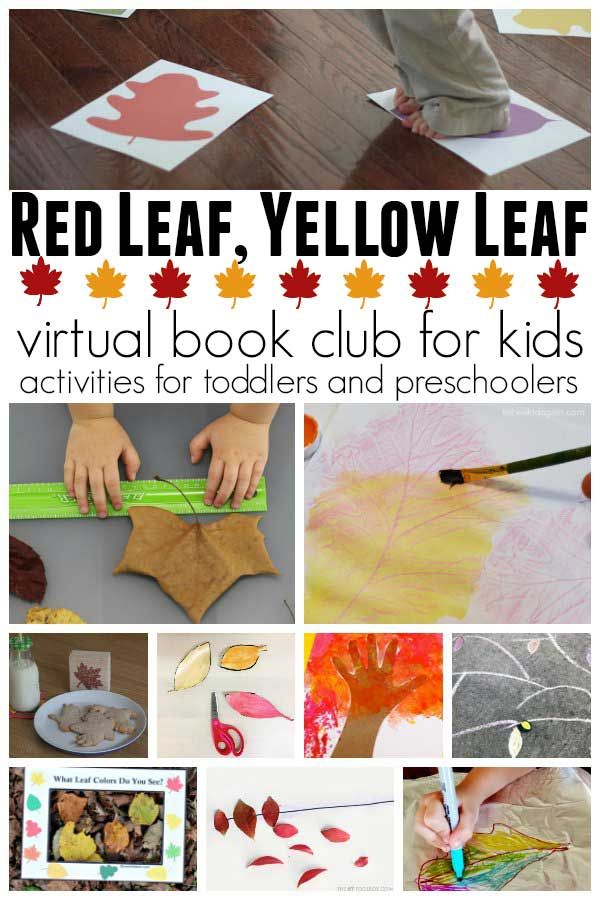 nine0005
nine0005
Leading pedagogical idea Vygotsky, A.V. Zaporozhets, D.B. Elkonin. Studies of the connection between the development of the hand and the brain were carried out by such physiologists as I.P. Pavlov, V.M. Bekhterev, I.M. Sechenov, researcher of children's speech - M.M. Koltsova, teachers - M. Montessori, V.A. Sukhomlinsky et al. There are fine motor skills (movement of hands and fingers) and gross motor skills (moving the body, walking). Fine motor skills are the movement of the small muscles of the fingers, the ability to perform fine coordinated manipulations with them. nine0005
One of the indicators and conditions for a good physical and neuropsychic development of a child is the development of his hand, hand, manual skills or, as it is commonly called, fine finger motor skills.
Maria Montessori noticed a connection between the development of fine hand movements and children's speech, that if speech is not all right, fine motor skills are probably to blame.
V.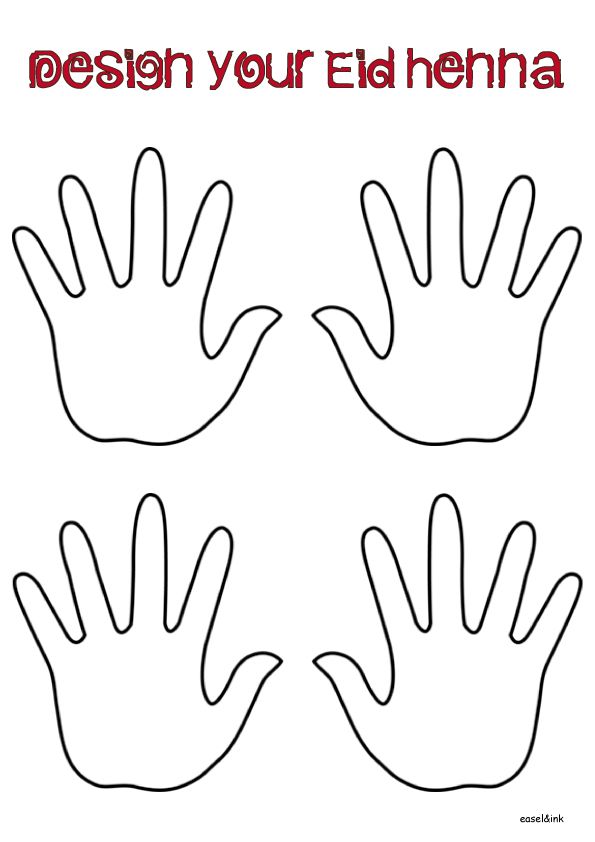 M. Bekhterev proved that simple hand movements help relieve mental fatigue, improve the pronunciation of many sounds, and develop the child's speech. nine0005
M. Bekhterev proved that simple hand movements help relieve mental fatigue, improve the pronunciation of many sounds, and develop the child's speech. nine0005
Sukhomlinsky stated: “A child's mind is at his fingertips. The more skill in the child's hand, the smarter the child. It is the hands that teach the child accuracy, accuracy, clarity of thinking. Hand movements excite the brain, causing it to develop.
Our wise ancestors knew about the wonderful properties of fine motor skills. From generation to generation, funny folk rhymes are passed on: “Ladushki-okladushki”, “Forty-white-sided” and other finger games.
The development and improvement of fine motor skills of the hand and fingers is the main stimulus for the development of the central nervous system, all mental processes, and speech. Nerve endings are located at the tips of children's fingers, which contribute to the transmission of a huge number of signals to the brain center, and this affects the development of the child as a whole. nine0005
nine0005
Thus, we can conclude that the development of fine motor skills was studied by many teachers and scientists. They proved that motor skills are closely related to the nervous system, vision, attention, memory and perception of the child and play an important role in its overall development and preparation for school. Well-coordinated and skillful work of the fingers helps to develop speech and intelligence, has a positive effect on the whole organism as a whole.
The development of fine motor skills is also important because the rest of the child's life will require the use of precise, coordinated movements of the hands and fingers, which are necessary to dress, draw and write, as well as perform a variety of household and educational activities. nine0005
Technology of experience
After studying the experience of different teachers in the development of fine motor skills, they noted that some of them prefer hatching and drawing, others - various types of theater and finger games, others - modeling, designing, appliqué.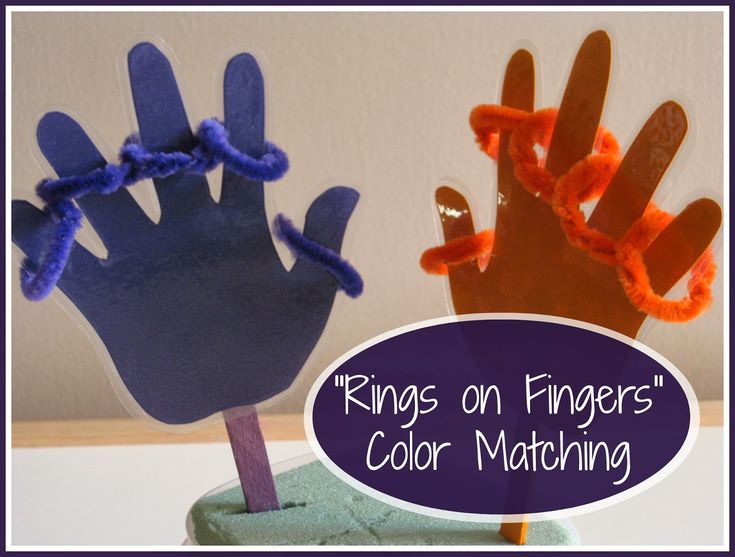
We decided to give preference to productive activities, because visual activity is one of the closest and most natural activities for a preschooler. The children of our group are very fond of working with paper, making applications and various crafts from it. But because of poorly developed fingers, many guys awkwardly hold scissors, poorly learn how to work with paper. nine0005
We started our work with the older group. First, we identified the initial level of development of fine motor skills of children's hands. To do this, we used the following diagnostic methods: the “Path” method (according to L.A. Wenger), the “Figures” technique (according to V. Mytatsin), the test for determining the level of development of fine motor skills of the hands (N.V. Nizhegorodtseva, V.D. Shadrikov "Psychological - pedagogical readiness of the child for school"). After conducting a study of children, we found a low level of development of fine motor skills of the hands in most children. nine0005
We have set a goal for ourselves: the development of fine motor skills of children's hands through appliqué, origami.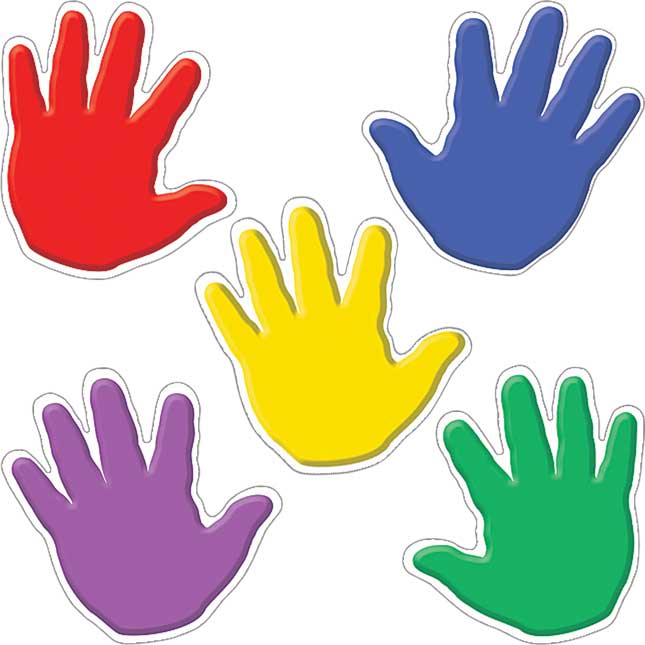
To achieve the goal, I identified the following tasks:
- to introduce different types of paper;
- introduce children to non-traditional appliqué techniques;
- to teach techniques and methods for creating various paper crafts;
- create conditions for the application of practical skills and abilities in independent activities; nine0005
- to form a culture of work, the ability to carefully and economically use the material;
- to promote the development of creative abilities;
- to cultivate perseverance, accuracy, goodwill, the ability to work in a team and individually;
- to form the skills of communicative, business, creative communication;
- to interact with the family.
Carried out the tasks set gradually, consistently, taking into account the age characteristics of the child, his personality. Stronger children will be interested in a difficult task, less prepared ones can be offered easier work.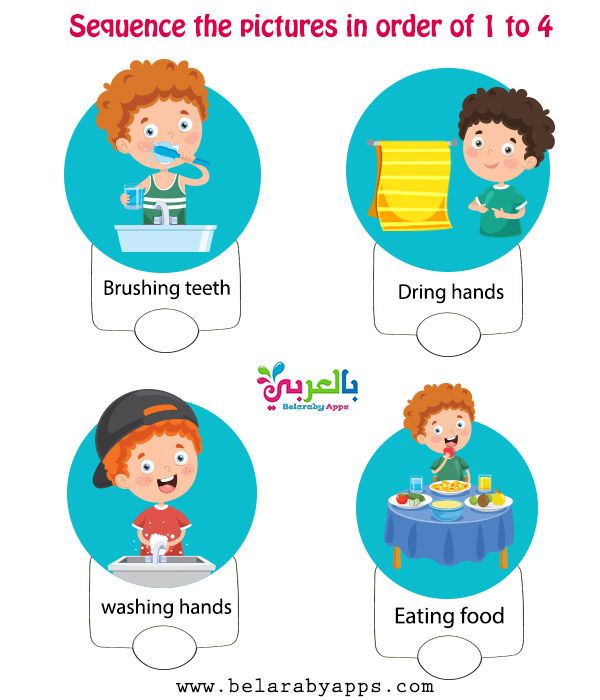 At the same time, the educational and developing meaning of the work is preserved. This will make it possible to prevent the overload of the child, free him from the fear of difficulty, and introduce him to creativity. nine0005
At the same time, the educational and developing meaning of the work is preserved. This will make it possible to prevent the overload of the child, free him from the fear of difficulty, and introduce him to creativity. nine0005
In working with children, we used different techniques for working with paper.
1. Appliqué is one of the types of pictorial technique based on cutting out, superimposing various forms and fixing them on another material, taken as a background. This is the easiest and most affordable way to create artwork.
Engaged in applique, preschoolers get acquainted with the properties of different materials (paper, cereals, cotton wool, threads, fabric, foil, etc.). A large role in the application belongs to its color design, which has a huge impact on the development of the artistic taste of children. nine0005
Working with scissors trains the child to quickly change tension and relaxation of the small muscles of the hand. Such work helps in the formation of the correct distribution of the muscle load of the arm.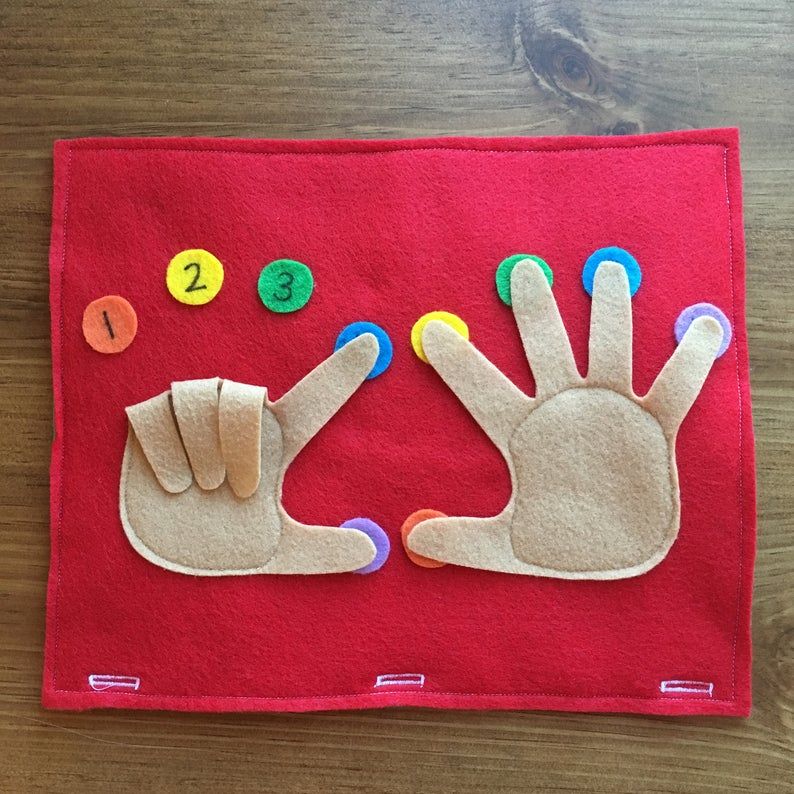
2. Break appliqué is a type of appliqué, the essence of which can be caught from the name. In a broken application, all the details of the pattern are not cut out of colored paper, but are torn off and glued in the form of a mosaic. The break appliqué is easy to do and very helpful for finger development. nine0005
3. A separate type of application is a napkin application. By crushing pieces of tissue paper with their fingertips, lumps are obtained, which children use to fill in the outline of the drawing, sticking these lumps in certain places. This technique has a great influence on the development of fine motor skills. The children's fingers became more and more dexterous, the lumps more dense, and the work neat. Children are happy to do this application, receiving satisfaction in the form of finished work done by their own hands. nine0005
4. Facing. This is a method of working with paper, which allows you to create amazing compositions that are distinguished by an unusual look and volume of the picture.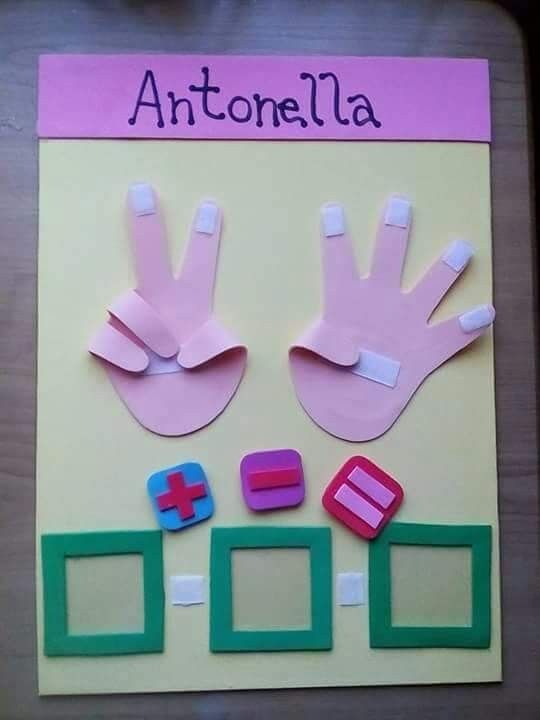 This technique is simple enough to use in kindergarten for older preschoolers. Crafts using the facing technique are made using small volumetric paper elements. For these purposes, the children and I used corrugated paper and napkins. The volumetric element of the composition is a small piece of paper compressed in the form of a cone and is called "trimming". Many trimmings create a conceived image, filling the space of a pre-drawn contour. In the process of working with this technique, children develop the accuracy of movements, the coherence of the work of both hands, attention, perseverance. nine0005
This technique is simple enough to use in kindergarten for older preschoolers. Crafts using the facing technique are made using small volumetric paper elements. For these purposes, the children and I used corrugated paper and napkins. The volumetric element of the composition is a small piece of paper compressed in the form of a cone and is called "trimming". Many trimmings create a conceived image, filling the space of a pre-drawn contour. In the process of working with this technique, children develop the accuracy of movements, the coherence of the work of both hands, attention, perseverance. nine0005
5. We used this type of artistic activity as origami in our work with children. This type of work, in our group, is very popular. The guys and I often made crafts using the origami technique. Being engaged in this technique, children master the techniques of repeated folding and bending, which is also a good means of developing the small muscles of the hands. Origami introduces children to the ways of transforming geometric shapes, develops constructive and creative abilities, forms the ability to act in accordance with the teacher's verbal instructions, and instills industriousness in children.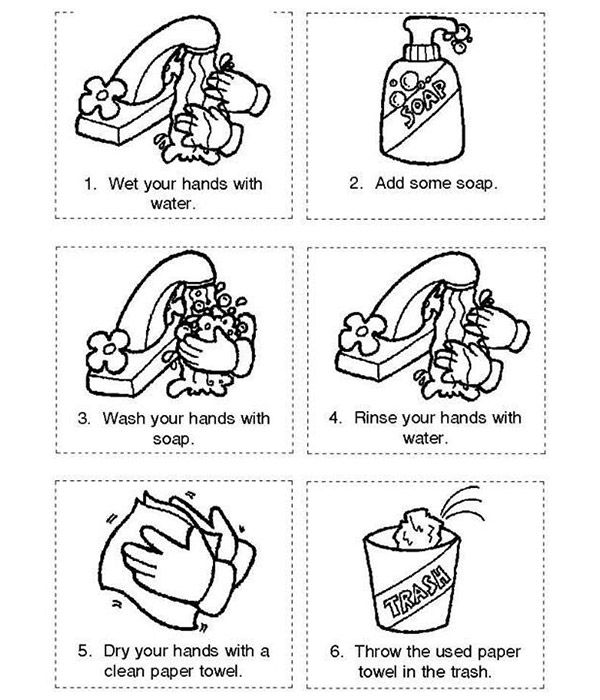 nine0005
nine0005
The advantage of appliqué work is the possibility of collective performance of one composition. The participants of the work together discuss the plot of the picture, select the material that is suitable for the color, and distribute the parts of the work among themselves. After the main details of the future composition are completed, they begin to distribute them and, making sure that the placement is successful, they are glued. When working on collective compositions, children learn to negotiate, listen to each other, express their opinion, consult. nine0005
Cutting out various figures with scissors from old postcards, magazines, coloring books, catalogs is also a useful and exciting activity for my future schoolchildren. The guys from the carved figures make up whole compositions.
In the classroom, the guys and I made gifts for moms and dads for the holidays, decorated the group and the locker room in accordance with the season. They also made gifts for children of younger groups.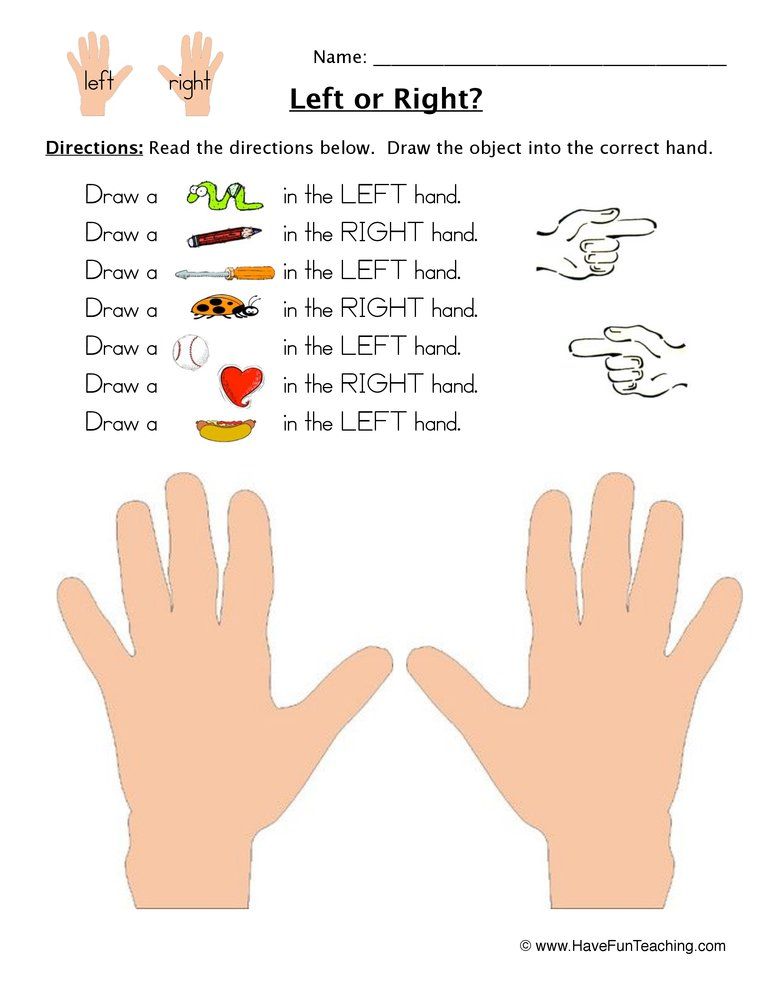
The guys and I organized several exhibitions of children's works "Flowers of unprecedented beauty", "Golden Autumn", "Flower fantasies", "Winter crafts", "Bright Easter". Children are proud of their work, tell their parents and kindergarten staff about them. Children like that adults appreciate their work. nine0005
I pay special attention to the development of technical skills. Their insufficient development inhibits imagination, initiative, significantly reduces the quality of work. While a high level of technical skills increases the level of creative attitude to work.
The work was built according to the following principles:
1. The principle of accessibility. The selected material should be understandable and accessible to every child.
2 The principle of individuality. Each child has its own qualities, each has its own individual level of development. We consider it an important task to know the personal characteristics of each child, to look for methods of individual work with each of them. nine0005
nine0005
3. Sequence principle. Work is carried out sequentially from simple to complex.
4. Systematic principle. The work is carried out systematically, and not from case to case,
5. The principle of playing the presentation of material. Reliance on the leading activity - the game.
Methods used in the work:
- verbal - explanation, conversation, story, fairy tale, questions;
- visual - illustrations, observation, demonstration (performance) by a teacher; nine0055
- practical - independent work;
- reproductive - children reproduce acquired knowledge and mastered methods of activity;
- game - finger games, surprise moments.
Not a single task of raising and developing a child can be solved without the participation of the family. When interacting with parents, we used folders, booklets, memos, and regularly held individual conversations.
One of the effective means of introducing parents to the development of fine motor skills of their hands is their participation in classes in the evening.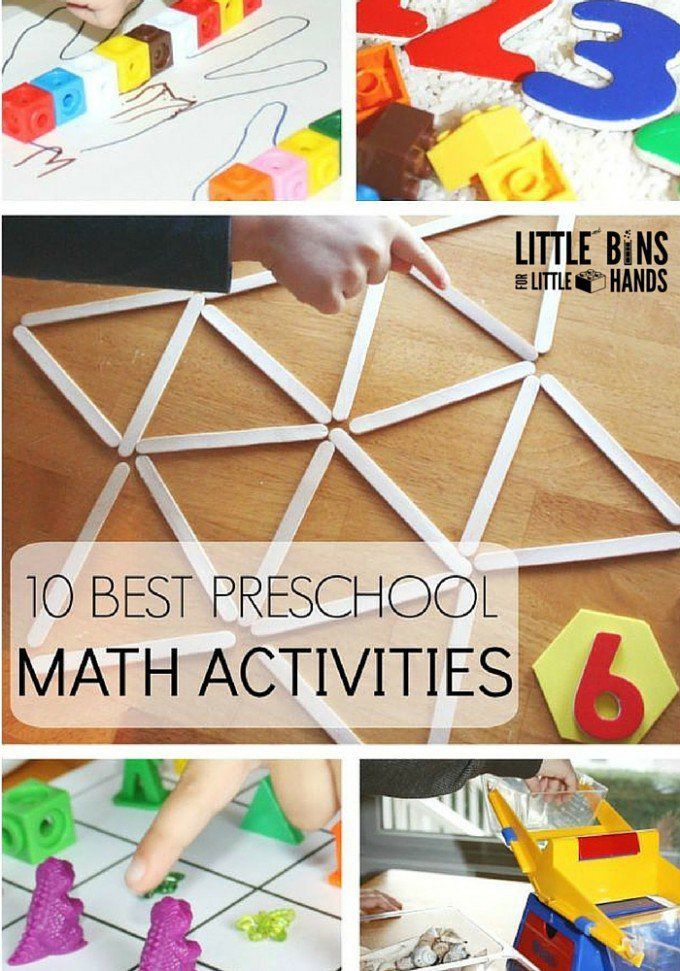 Parents who came early to pick up their children were invited to the group and offered to join their children. In joint classes, parents can help their children, and most importantly, an emotional contact is created between them. nine0005
Parents who came early to pick up their children were invited to the group and offered to join their children. In joint classes, parents can help their children, and most importantly, an emotional contact is created between them. nine0005
With the help of parents, the object-spatial environment in the group was replenished. They made several games for the development of fine motor skills of children's hands, which the guys love to play. The games are made from various improvised materials: beans, clothespins, shoelaces, counting sticks, etc. Together with my parents, we have collected a collection of buttons and beads of different colors and sizes. Working with these materials, children get a lot of positive emotions and at the same time train their fingers.
Children can do what they love at any time in the art corner. There are always different types of paper, samples of work, children's work and all the necessary equipment. nine0005
Analysis of the results
We noticed that working with paper forms a positive attitude towards work in the child, he feels pleasure and pride in the result of his work. The child asserts himself in his abilities, begins to believe in himself, confidently takes on a new, more difficult job.
The child asserts himself in his abilities, begins to believe in himself, confidently takes on a new, more difficult job.
We always try to keep children confident in their abilities, approving and encouraging perseverance, patience, and the desire to complete the work.
- Our work on the development of fine motor skills of children's hands has made it possible to achieve the following results:
- The number of children with a high level of development of fine motor skills of hands has increased.
- There is an increase in children's interest in origami and applications. Children have become more diligent and strive to finish the work they have begun.
- Children have mastered various techniques and ways of working with paper
- The interest and participation of parents in the development of children has increased.
List of sources used
1. Bogatyreva Z. N. “Wonderful paper crafts.” / Bogatyreva Z. N. - M., Pedagogy, 1987.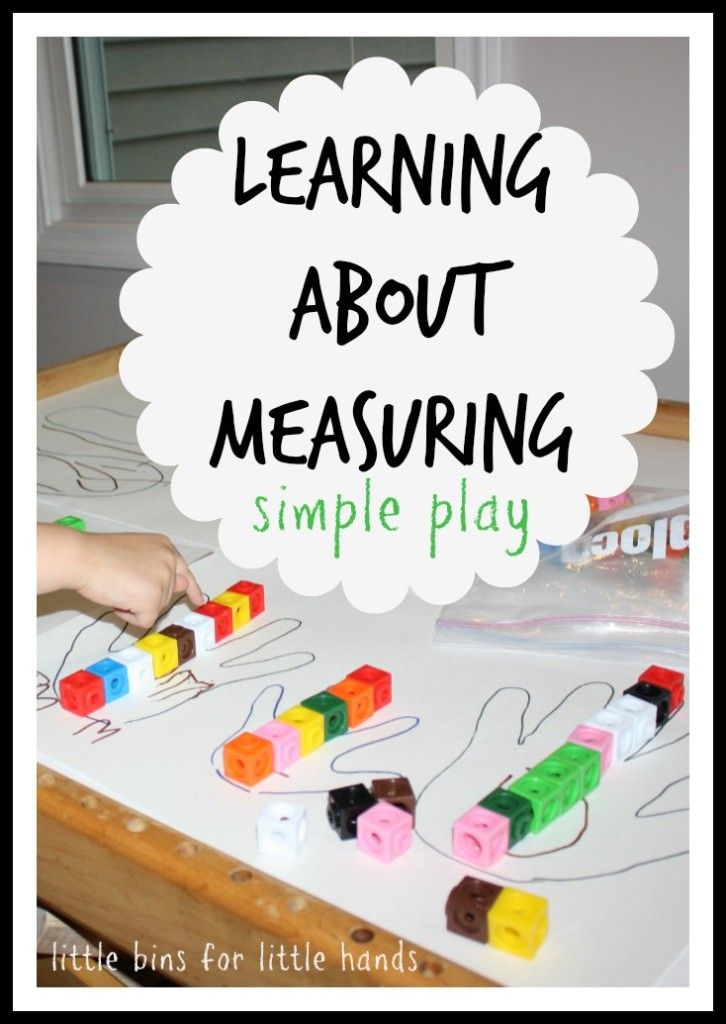 - 272 p.
- 272 p.
2. Bezzubtseva V.G., “We develop the child’s hand, prepare it for drawing and writing.”/ V.G., Bezzubtseva, T.N.
3. Vygotsky LS Issues of child (age) psychology / LS Vygotsky Sobr. op. In 6 volumes - M., 1983. - T. 4. - 156 p.
4. Vaynerman S. M., Sensory-motor development of preschool children in the classroom in fine arts. / S. M. Vaynerman., A. S. Bolshov., Yu. R. Silkin - M., Vlados, 2006 - 93 s.
5. Gvozdev A.N. Questions of studying children's speech. / A.N. Gvozdev - M., 2005. - 98s.
6. Gusakova M.A. Application. - / M.A. Gusakova M.: Enlightenment, 1987. - 289 p.
7. Gavrina S. E., Shcherbinina S. V. Smart fingers. We develop fine motor skills. / S. E. Gavrina, S. V. Shcherbinina - St. Petersburg: Peter, Ed.: AST, 2010.- 35p.
8. Dubrovskaya N.V. Corrugated paper appliqué./ N.V. Dubrovskaya– St. Petersburg: Piter, Ed.: Detstvo-Press, 2010.-98 p.
9. Zhukova O. Development of the hand: simple, interesting, effective / O.